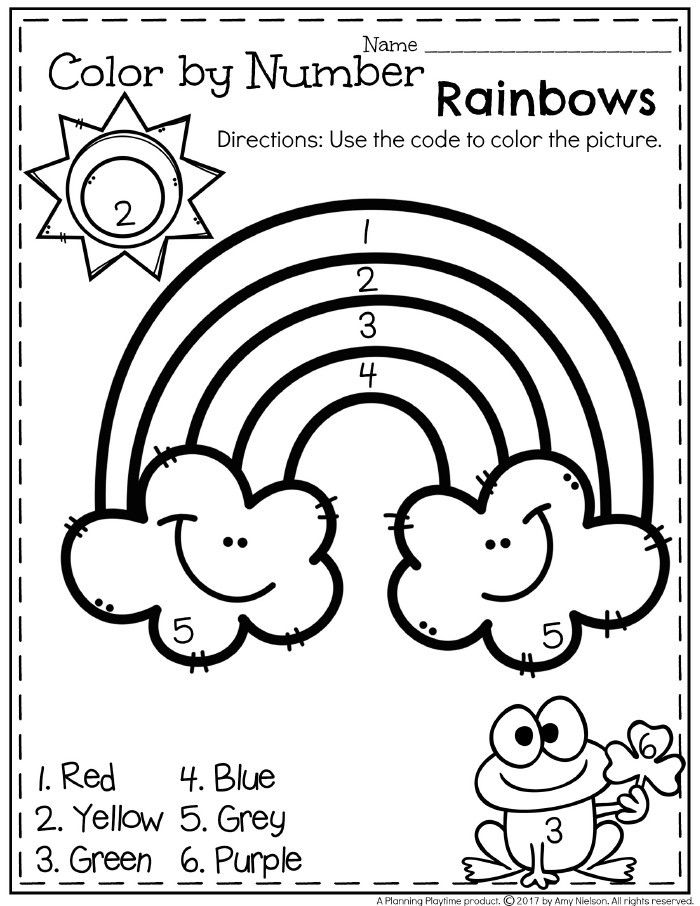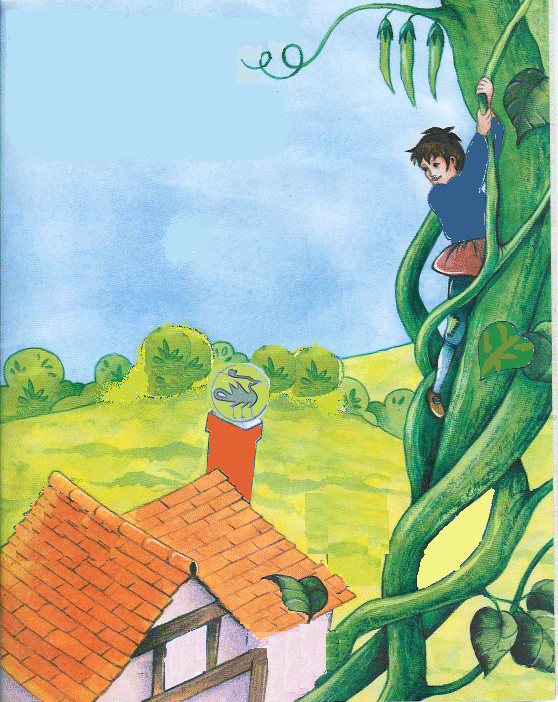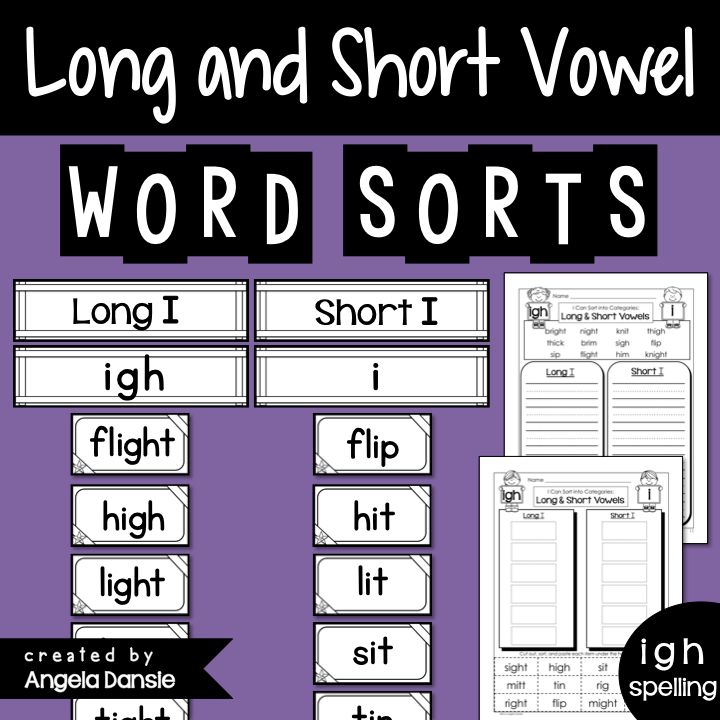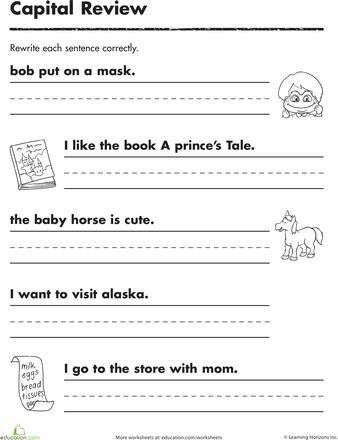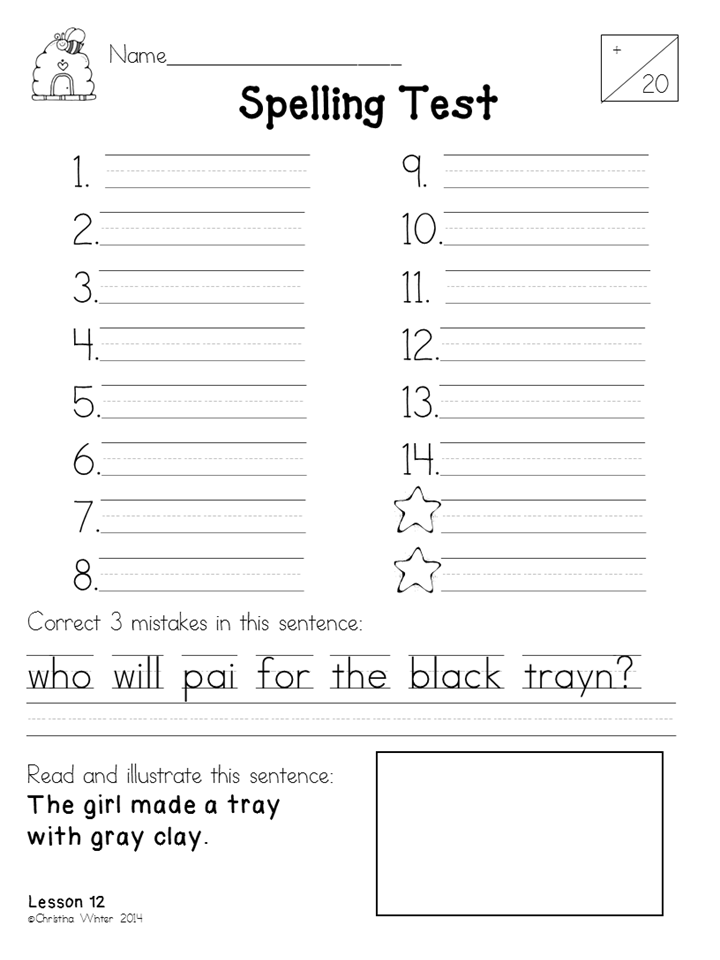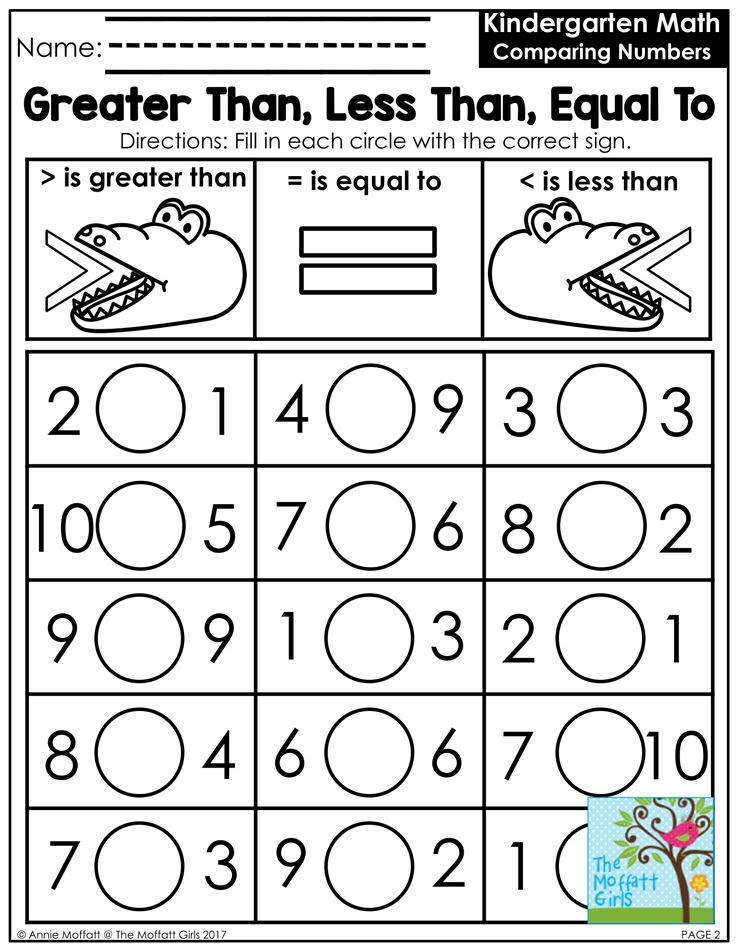Colour activities for kindergarten
10 Fun and Educative Color Activities for Kindergarten
Children are curious and keen observers. During their developmental years, they can absorb information like a sponge and have an abundance of energy to participate in various activities that can keep them on their toes.
Video: 7 Fun Colour Activities for Preschoolers to Boost their Cognitive Abilities
Before you prepare them for school, you can engage them in a range of activities to help them develop their cognitive abilities. Colouring activities are plenty and they give them an opportunity to grow into intuitive pre-schoolers.
Fun Activities for Teaching Colours to Kindergarten Kids
Here are the top 10 colouring activities that you can get them to indulge in:
1.
Send your kid on a hunt around the house for colourful objects that they can match
What You Need
- Colourful objects around the house
- A sheet with names of different colours
How To Do It
Give your child the sheet and tell him/her to go scavenging around the house and match the items to the colours on the sheet.
Skills Developed
Colour association and confidence.
2. Sort Fruit Loops By Colour
For the first time, your kid will love the fact that he/she can play with his food.
What You Need
- A small bowl of fruit loops
- A printed colour code sheet
How To Do It
Place the colour matching sheet along with a bowl of fruit loops and tell your child to match the colour of the fruit loop by placing it on the colour in the sheet. Before starting this do one yourself and show which are the colour names for each of the loops.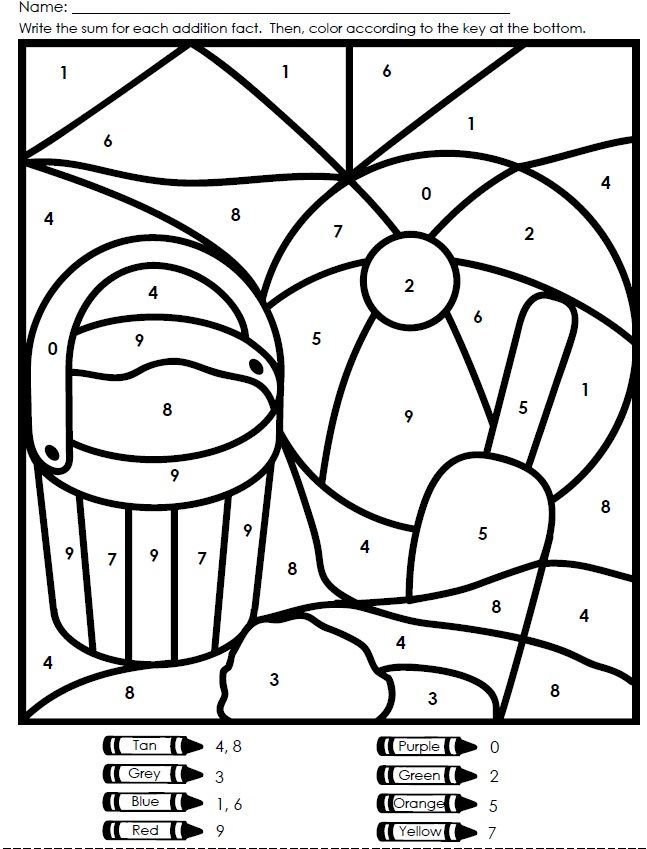
Skills Developed
Cognition and accurate identification of objections
3. Spray Paint Colours
An exciting activity for your kid to do with his friends and make a game out of it.
What You Need
- A spray paint
- Old water bottle
- A blank large canvas/ drawing sheet
How To Do It
Gather your kid and his friends and prepare a concoction by mixing water in a bottle with spray paint. Let them create art with their hands and feet on the canvas.
Skills Developed
Creativity
4. Sort Buttons
Do you have too many old buttons just lying around? Use this game to keep your kids entertained.
What You Need
A small box of colourful buttons
How To Do It
Get your kids to find buttons of matching colours and put them in different heaps based on the colour.
Skills Developed
This sorting activity helps in visual cognition.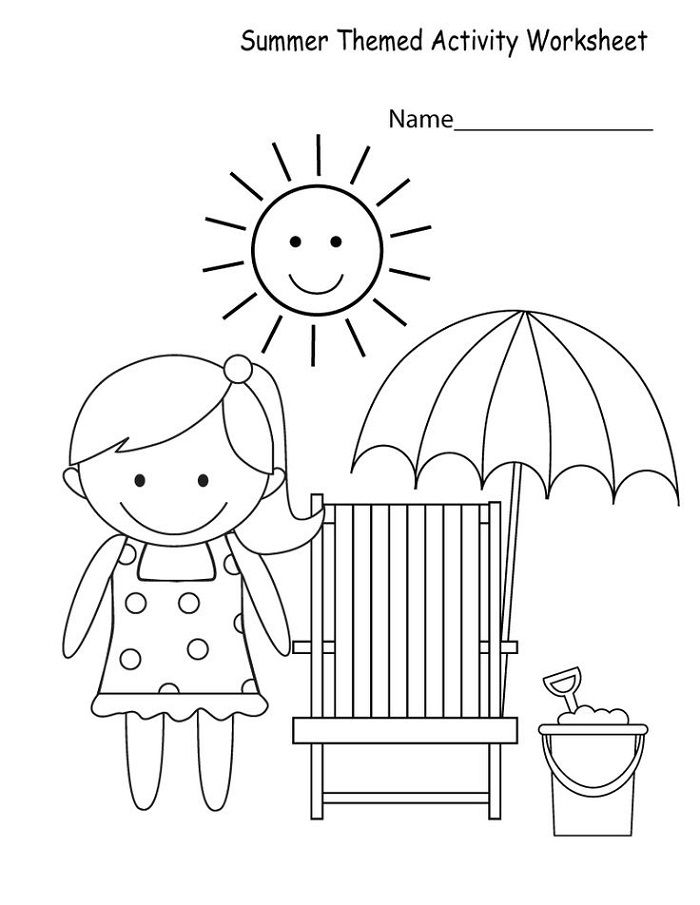
5. Colourful Egg Cartons
Let your child have some fun with colourful egg cartons.
What You Need
- Empty colourful egg cartons
- Colourful beads
How To Do It
Place the colourful egg cartons and ask your child to match the beads with the colours in the egg carton.
Skills Developed
Visual Cognition.
6. Colourful Play Dough
Bring out your child’s inner artist by giving them play dough.
What You Need
- A box of colourful play dough
How To Do It
Get your kid to make many sculptures or have fun with different shapes with play dough.
Skills Developed
Creativity and hand-eye coordination.
7. Changing Colours
Teach your kids how to mix colours to get other colours with just water.
What You Need
- Colours in a zip lock bag
- Water
How To Do It
Get your pre-schooler to mix colours in a stress-free and mess-free way by giving him a ziplock bag and asking him to mix colour after colour with water.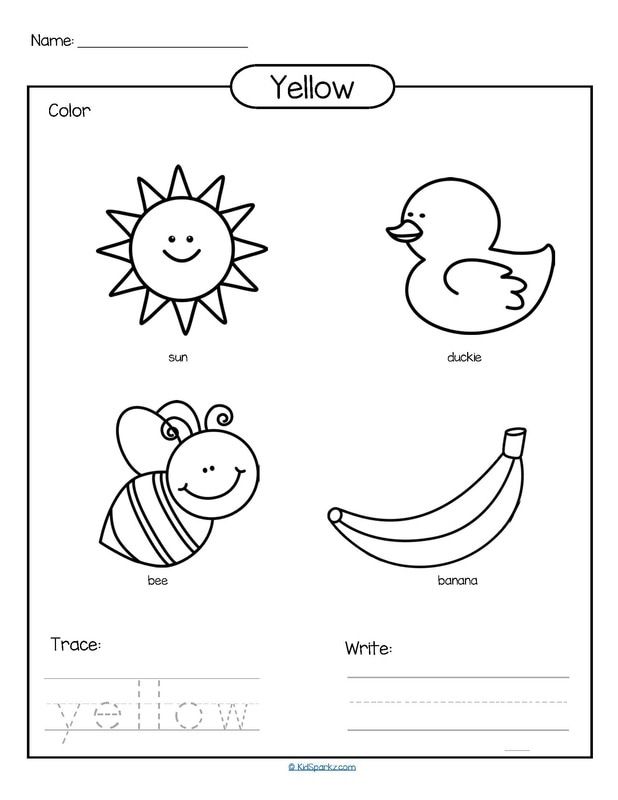
Skills Developed
Visual cognition
8. Multi-Sensory Baths
Make bath time fun with colourful toys and colourful water.
What You Need
- A tub
- Essential oils (lavender is a good option)
- Food colouring
- Colourful toys
How To Do It
Help your kid prepare his or her bath using organic colours and essential oils. A simple one would be to mix green food colouring with eucalyptus oil.
Skills Developed
Awareness of touch
9. Coloured Ice Boats
A fun way of making boats that end up being quite colourful
What You Need
- Food colouring
- Ice tray
- plastic sheet
- straw
How To Do It
Add food colouring in the water that is put into an ice tray to make them colourful. Wrap the ice tray in a thin plastic sheet. Prick small holes in them and insert the straws on top of each ice cube. Once the ice is frozen, place these little “boats” in water and watch the colours mix!
Once the ice is frozen, place these little “boats” in water and watch the colours mix!
Skills Developed
Creativity
10. Pom-Pom Colour Sorting
Help your kid identify colours and numbers at the same time
What You Need
- Empty bottles with numbers and colour code on them
- Colourful pom poms
How To Do It
Give your child a bowl full of pom poms and get them to match the colour of the poms with the colour on the bottle
Skills Developed
Colour identification
Other Tips to make Pre-schoolers Learn about Colours
- Start by introducing simple colours like yellow, red, orange by pointing to vegetables and fruits with the corresponding colour. The main Red, Blue, Yellow, Black should suffice.
- Get kids to draw different things and use crayons to help them fill in the colour. Then identify each of the colours filled.
- Start associating different things with colours.
 For example, if you are teaching about black and white, you can also teach about cows.
For example, if you are teaching about black and white, you can also teach about cows. - Have patience and ensure there is repetition.
Whatever you do, make sure your kid has fun and you can satisfy his enthusiasm for learning and imagination. These activities will also help you bond with your kid.
Also Browse:
Simple Colouring Pages for Kids
Animals Colouring Pages for Toddlers
Letters & Alphabets Colouring Pages for Pre-schoolers
Superheroes Colouring Pages for Children
Vegetables Colouring Pages for Kindergarten
Also Read: Thumb and Finger Painting Ideas for Children
10 Activities for Teaching Colors in Kindergarten
Curriculum | Featured
Teaching colors in kindergarten is an important and fun skill to teach. These kindergarten color activities will make learning hands-on and engaging all year long.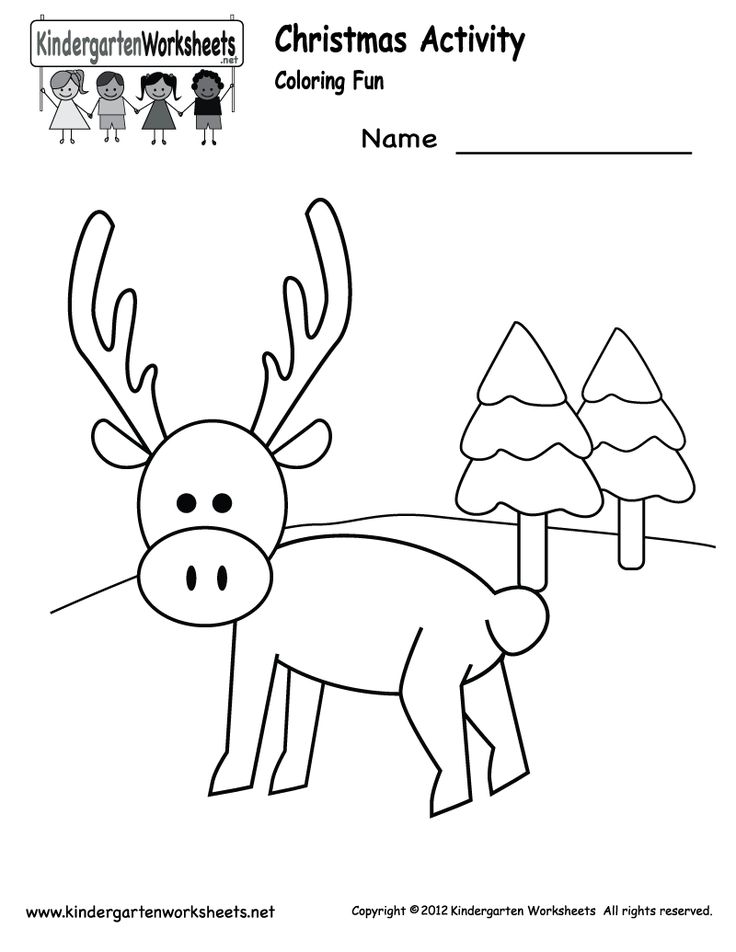 Plus, your students will work on math, literacy, fine motor, and problem-solving skills along the way.
Plus, your students will work on math, literacy, fine motor, and problem-solving skills along the way.
Colors and Color Word Activities for Kindergarten
Teaching colors and color words in kindergarten helps students to visually discriminate colors and begin working with colors in different subjects, such as math, literacy, and art.
From sorting, graphing, reading color words in sentences, and identifying colors in art, teaching colors is an important life skill for young learners.
#1. I Spy!
I Spy! is a kid-favorite when it comes to kindergarten color activities. This game can easily be incorporated anytime of day, whether it’s a morning warm-up, carpet game, or quick time-filler activity.
To play, one person is the “spy.” They look around the room and say “I spy something (green/blue/red).” Students then take turns raising their hand and guessing what it is. The first student that guesses correctly is the next “spy.”
Using color games with students is an effective way to engage them and practice skills in a fun way.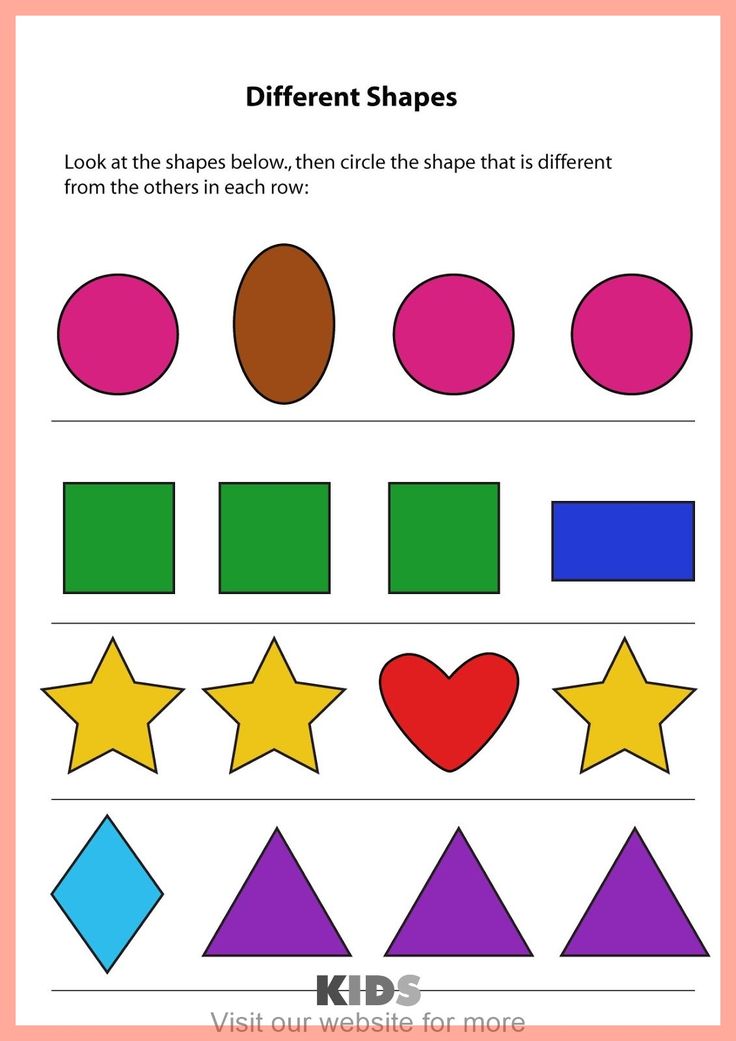
#2. Scavenger Hunt
Another way to get your students active and engaged in the learning is to do a color scavenger hunt. To play, draw different colored circles in the middle of various notecards. You can use as many colors as you’d like to work on.
The students will draw a notecard, identify the color, and go around the classroom to find something in that color. When they find something in the matching color, they stop and raise their hand in place.
Once everyone has found a match, go around the room calling on students one at a time and have them share their color and what the object is. Have them return to their seats, pass their cards to the left, and repeat the scavenger hunt again with their new colors.
Another option is to do this activity in small groups. Give students 2-4 notecards and have them go around the room and collect objects. Then, they return to the small group table and match the object to the correct color notecard before switching cards.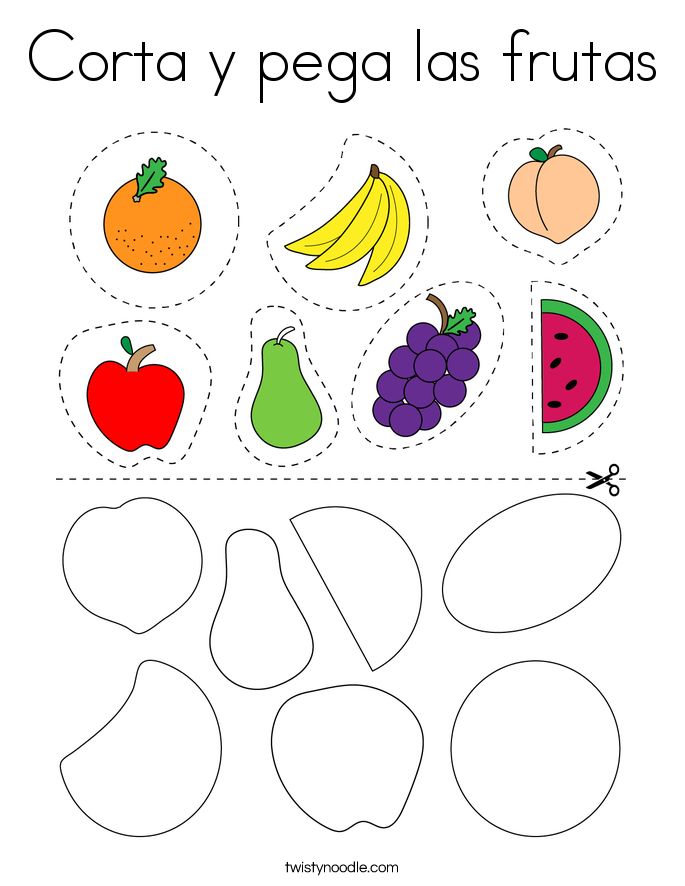
#3. Color Patterns
Whenever you can combine your kindergarten color activities with math, that’s a teacher win! Practice identifying colors and making patterns with different colored counting bears, color links, or plastic cubes.
You can call out a pattern and have students model it with their manipulatives. You can also use pattern cards to help students model various patterns, such as AB, AAB, ABB, ABC, and AABB patterns.
#4. Color Sorts
A simple yet effective kindergarten color activity is to have students practice sorting by color and saying the colors out loud.
You can give students a handful of manipulatives, such as pattern blocks, colored cereal, plastic cubes, mini erasers, color links, etc. Have them sort the manipulatives by color and identify the color by saying it out loud.
To take it a step further, ask students to count how many are in each category to practice math skills.
Another variation of this activity would be to have different colored cups or containers and have students sort their pile into the proper cup or container.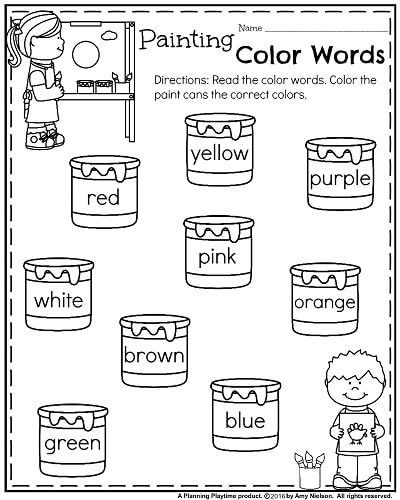
If you don’t have different colored cups or containers, you can write the color word in a colorful marker on a sticky note and stick it to the outside of any cup or container you have on hand. This would help students learn their color words as well.
#5. Egg Carton Fill
This color activity uses both color knowledge and fine motor skills. Prepare an egg carton by coloring a circle on the bottom of each space in an egg carton. You could also use a colored circle sticker instead and stick it in the bottom of the spaces.
Have students use jumbo tweezers to sort colored pom poms into the correct spaces in the egg carton, matching the colors of the pom poms to the circles. This would be a great small group or fine motor center activity.
#6. Play Dough Color Count
Play dough is a great manipulative to keep on hand when teaching colors. Students can practice identifying colors and counting at the same time.
To prepare, write different color words in the corresponding color with marker on notecards.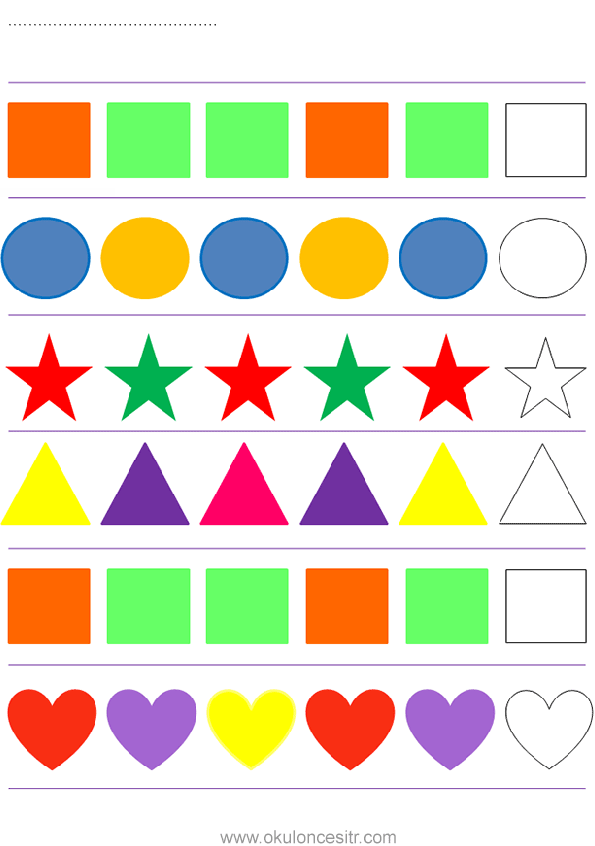 Students will draw a color card to determine which play dough color they’ll use. Then, they’ll roll a dot cube and count the dots. Finally, they’ll form that many play dough balls in the correct color, counting as they go.
Students will draw a color card to determine which play dough color they’ll use. Then, they’ll roll a dot cube and count the dots. Finally, they’ll form that many play dough balls in the correct color, counting as they go.
Students can do this activity at a small group table or desk or with a color matching mat.
#7. Color Call Out
The next kindergarten color activity is another super easy, no prep game that can be played at any time.
To play, stand in circle as a whole group. One person calls out a color. Starting with the person to the left of them, each student says a real world object that is that color. After every student has said an object, the whole class spells the color word together.
Students take turns being the “caller” and calling out the next color.
#8. Roll and Match Colors
Color Roll and Cover is a fun game for students that makes practicing colors super fun.
You can use a color cube or a dry-erase cube to write color words or draw colored circles on.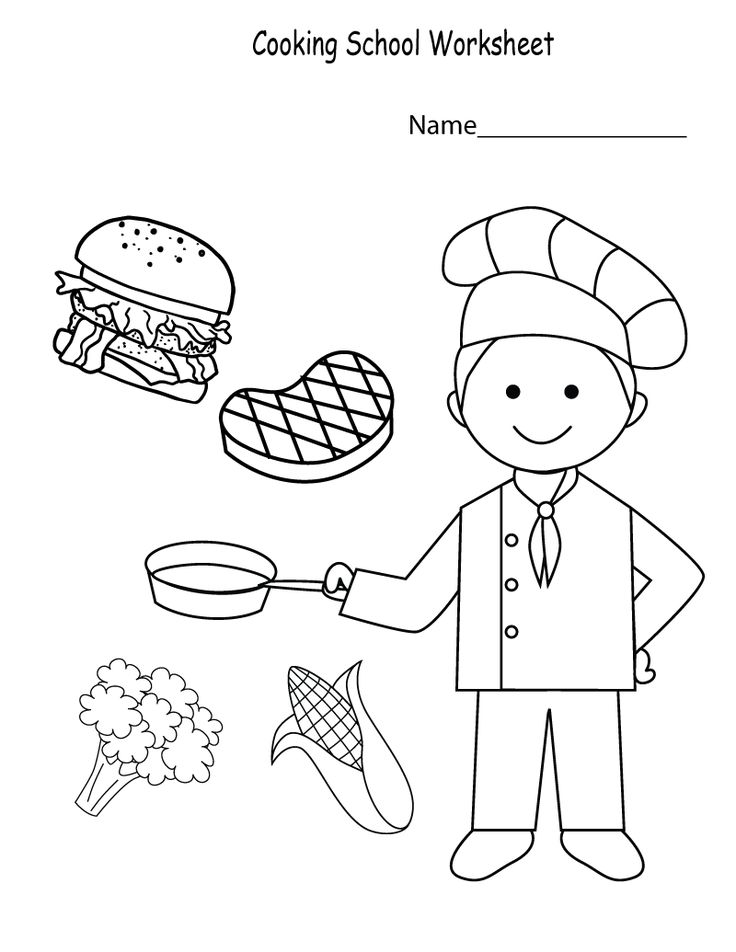 Students will roll the cube and cover a space on their roll and cover mat with a matching colored manipulative. The first student to cover the most spaces wins.
Students will roll the cube and cover a space on their roll and cover mat with a matching colored manipulative. The first student to cover the most spaces wins.
This activity is one of the activities found in the Let’s Learn Colors Mini Unit.
#9. Bingo Dabber Activities
Bingo dabbers are perfect for several kindergarten color activities. You can give students a white piece of paper and have them write color words using the matching color of bingo dabber. This also gives students a little fine motor practice while forming the words.
Another option is to have students dab freely on a white piece of paper and have them say the color word each time they dab.
To practice spelling the color word, they could even say a letter each time they dab to spell the color word. Once the word is complete, they switch colors.
#10. Color Boom Cards
Using digital kindergarten color activities is another way to practice colors while engaging your students. Students can practice color recognition with real world objects or even color discrimination with Boom Cards.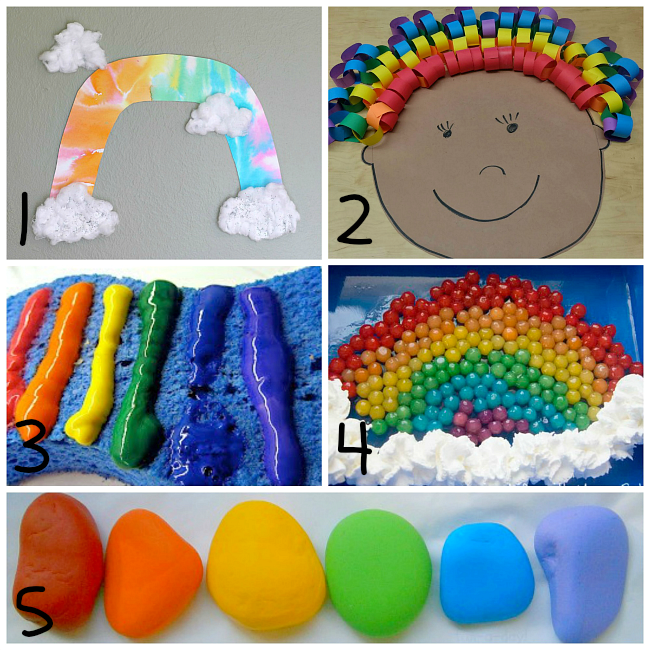
They’ll hear the color words in the audio directions, giving them even more exposure to colors and color words.
I hope these 10 kindergarten color activities have given you some fresh ideas that you can implement with your students.
Looking for more colors and color words activities for kindergarten? Check out my Let’s Learn Colors Bundle, complete with color activities, centers, games, and no prep pages.
Post Tags: #color words#colors
Similar Posts
A selection of didactic games for color perception for preschool children | Card index on the topic:
MBDOU “Kindergarten No. 26“ Berry ”
Didactic games
for development
color perception
for preschool children
(used
in individual and circular work)
Educator: Yurchenko: Yurchenko O.A.
Kamen-on-Ob
2013-2014
A selection of didactic games aimed at developing color perception in preschool children.
The material can be used both in the classroom and in individual and circle work.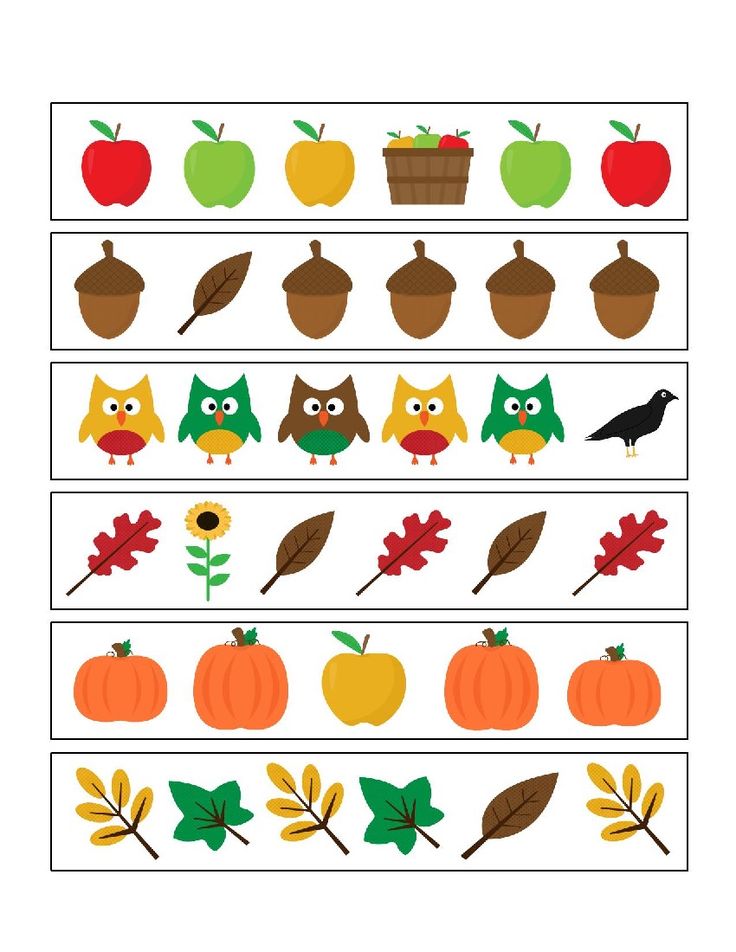
Development of color perception in children of senior preschool age
"Let's make the world colorful" (chromatic colors)
Consolidation of knowledge about chromatic colors of primary and derivatives, acquaintance with warm and cold colors, acquaintance with the sequence of colors of the spectrum, contrasting, nuanced and harmonious color combinations.
To consolidate knowledge about chromatic colors: primary and derivatives, experimental activity is very important, when a child, having only three primary colors, can get any derivative colors and shades. Children are happy to mix paints on a palette, so when experimenting with color, it is better not to give ready-made solutions, but to invite them to determine for themselves which colors need to be mixed in order to get one or another derived color or shade. Of particular importance for children was the naming of the resulting shades. Children themselves learned to name the resulting color combinations (shades), using the names of the original colors.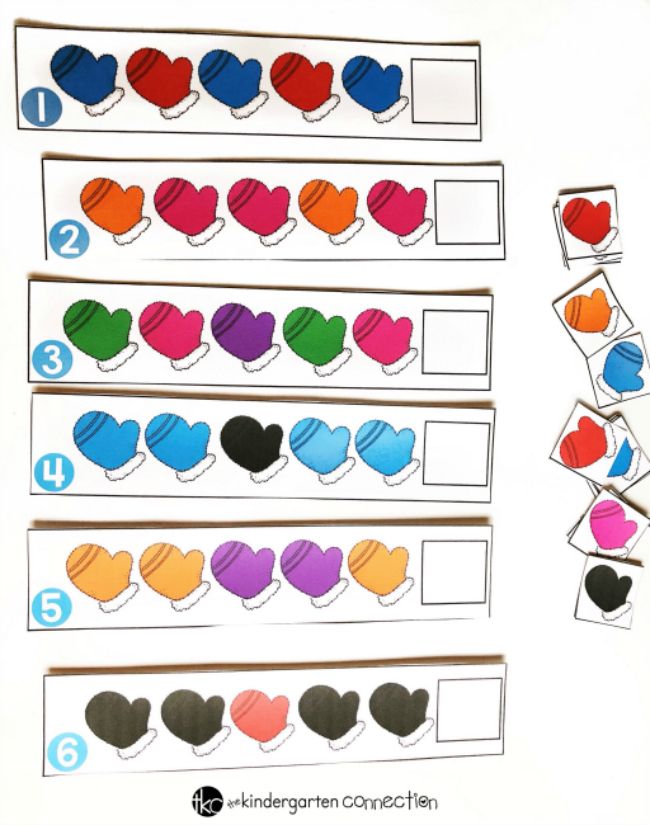 For example, yellow-green, red-orange, red-brown. To consolidate the names of color shades, games were held where several colored objects are selected so that among them there are identical objects painted in different shades of the same color, for example, game
For example, yellow-green, red-orange, red-brown. To consolidate the names of color shades, games were held where several colored objects are selected so that among them there are identical objects painted in different shades of the same color, for example, game
"What's missing",
"Name the color of the object",
"Guess what color the clothes are",
"Search objects by color",
"Find an object of the same color".
Children were told that there are other names for some color shades - "marsh", "pink", "crimson" and others.
When working with paints, while washing the brushes, the children noticed a change in the color of the water in the jars. And we managed to turn it into a fun game. Everyone came up with what he got in a jar - milk, cocoa, orange juice, etc.
To consolidate knowledge about obtaining derivative colors and naming them, you can conduct artistic and didactic games:
"Colorful rain",
"Help decorate the peacock's tail",
"Palettes are lost.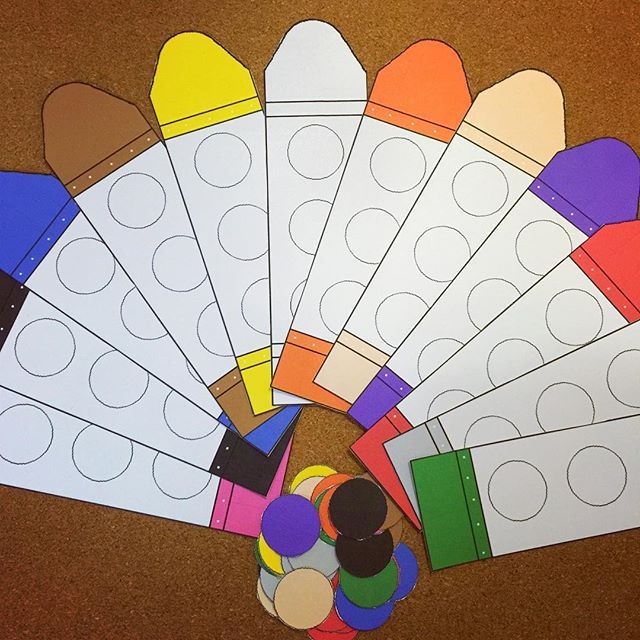 "
"
Black and white beauty (achromatic colors)
Acquaintance with achromatic colors: black - gray - white and distinguishing colors by saturation.
During artistic and didactic games:
"Guess the color",
"Help the rabbits stand in order",
"Magician",
"Transformation" experiment, drawing lessons "What is gray", "Crow and Sparrow", children systematized knowledge about achromatic colors, learned to receive and name different achromatic colors in tone. The block was completed by the lesson "How white and black paint became friends." Children learned that achromatic colors have great visual possibilities. In independent artistic activity, children began to use graphite pencils, charcoal, using their visual capabilities, black and white paint to obtain various shades of gray.
Colors and feelings (emotional perception of color)
The ability to convey character, emotional state, feelings, mood with color was considered in the third block with the help of artistic and didactic games
Lessons
"Pink joy and green melancholy", "What color is the music", "Good and evil fairy-tale hero", "Snow Maiden and the Snow Queen".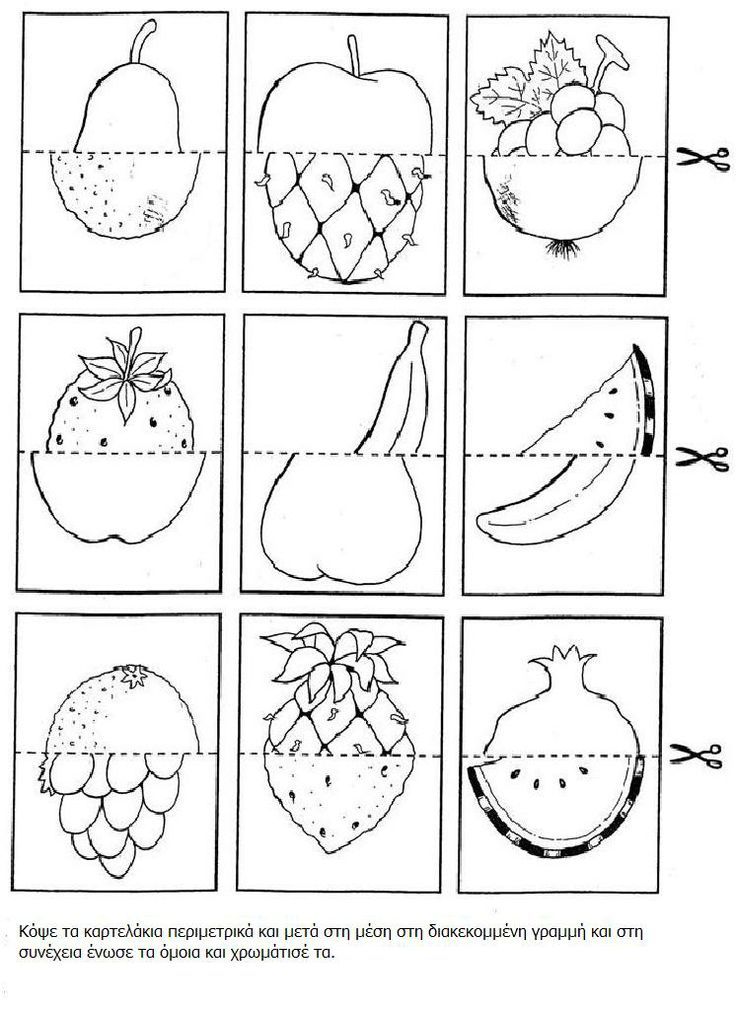 When drawing a good or evil character, children easily determined that good heroes should be drawn with light, bright colors, and evil ones with dark ones. Thanks to the previous work, the children tried to get a variety of shades, white was added to get light tones, and black paint was added to get dark ones. It was the color, and not the facial expression, that was characteristic when depicting the characters, since Koschei the Immortal can smile, sorting through his gold, and Ivan Tsarevich can be sad and angry when his bride is kidnapped ... More difficult in choosing color combinations to convey the character's character was the image The Snow Queen, she cannot be depicted in dark colors, here the contrast between the positive and negative hero was built on the contrast of warm and cold tones. When depicting the Snow Maiden, it was impossible to take purely warm colors, because she is made of snow and can melt. Children, drawing the Snow Maiden, "cooled" warm colors with the help of whitewash.
When drawing a good or evil character, children easily determined that good heroes should be drawn with light, bright colors, and evil ones with dark ones. Thanks to the previous work, the children tried to get a variety of shades, white was added to get light tones, and black paint was added to get dark ones. It was the color, and not the facial expression, that was characteristic when depicting the characters, since Koschei the Immortal can smile, sorting through his gold, and Ivan Tsarevich can be sad and angry when his bride is kidnapped ... More difficult in choosing color combinations to convey the character's character was the image The Snow Queen, she cannot be depicted in dark colors, here the contrast between the positive and negative hero was built on the contrast of warm and cold tones. When depicting the Snow Maiden, it was impossible to take purely warm colors, because she is made of snow and can melt. Children, drawing the Snow Maiden, "cooled" warm colors with the help of whitewash.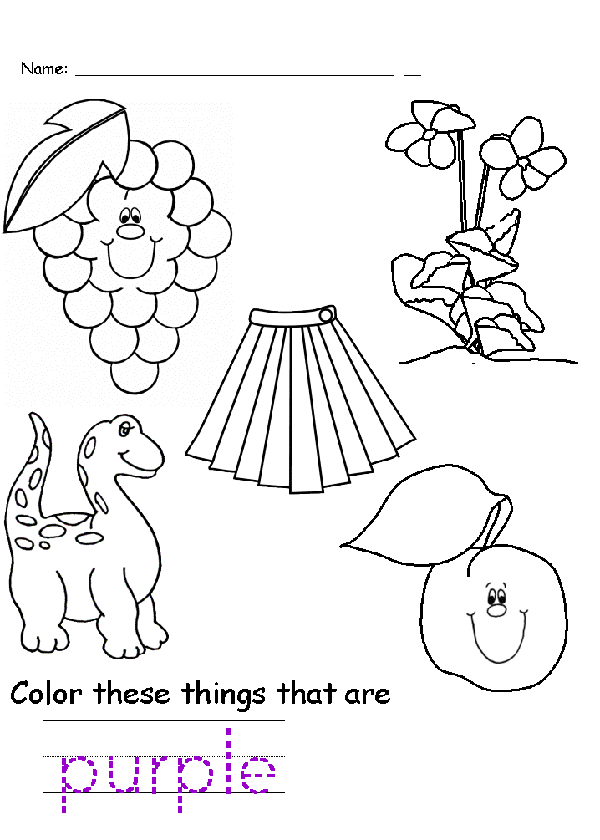 A lesson in which the children tried to depict abstract concepts (kindness, joy, doubt, sadness, and others) "Pink joy and green melancholy" caused a great emotional response, the lesson on the topic "What color is the music" was more difficult, where the children first had to hear and describe the mood of the music, and then express it in color.
A lesson in which the children tried to depict abstract concepts (kindness, joy, doubt, sadness, and others) "Pink joy and green melancholy" caused a great emotional response, the lesson on the topic "What color is the music" was more difficult, where the children first had to hear and describe the mood of the music, and then express it in color.
As the games of all blocks are held, in parallel it is necessary to consolidate the studied material during the day.
when looking at book illustrations, books with color drawings are selected, in which the studied colors are most often found;
in conversations with children, they often talk about color, they are asked to name their favorite colors;
while walking, children examine the change in the color of snow (ground, trees) depending on the time of day, weather, surrounding objects, surface texture ...
children look at reproductions of paintings by famous artists (special attention is paid to color and color scheme).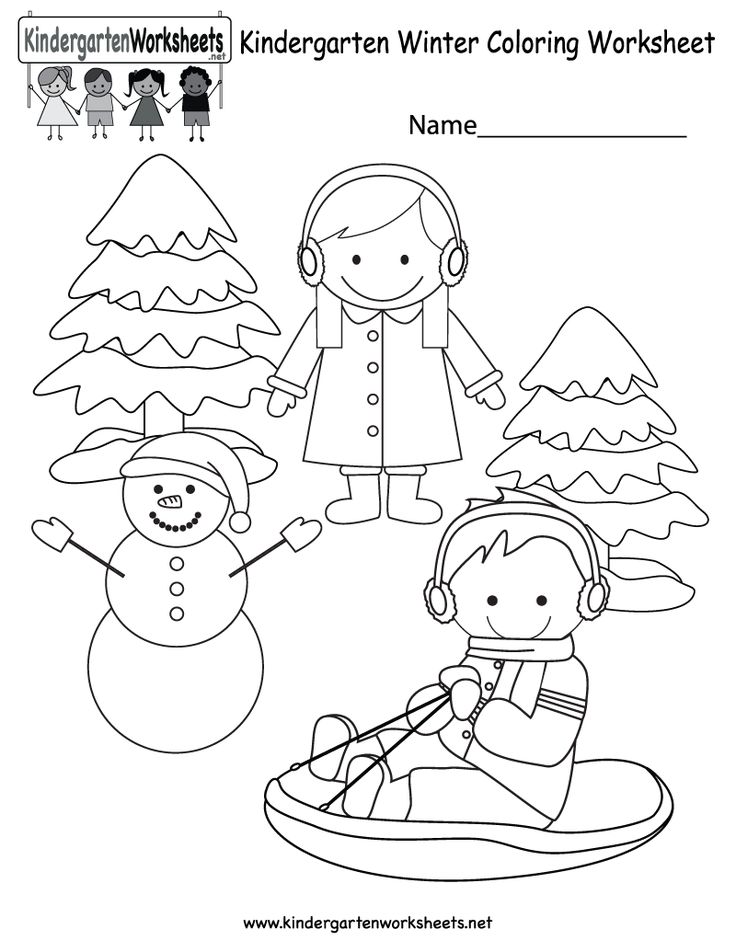
"Rainbow"
Purpose of the game: to teach children to draw a rainbow, to name its colors correctly, to help remember their location, to develop children's speech and vocabulary.
Equipment: rainbow drawing sample on an A2 sheet, children's album sheets, brushes, gouache or watercolor paints in different colors, jars of clean water, rags, a palette for mixing paints (if needed).
Age: 3-4 years old.
After the children have answered the questions, the teacher shows everyone a rainbow drawing and asks the children to name the colors they saw. Then everyone learns the phrase that helps to remember the location of the colors in the rainbow:
Each (red)
Hunter (orange)
Wishes (yellow)
Know (green)
where (blue)
sits (blue) )
pheasant (purple).
The next step is to ask the children to draw a rainbow on their own using watercolors. If the children in the group have learned the material well and know how to get different colors from red, blue and yellow, then they may well draw a rainbow using only three primary colors for this.
If the kids are not ready for this yet, the teacher asks them to draw this picture using ready-made colors of purple, orange and green.
Game progress: when everything is prepared on the children’s tables, the teacher says that today the game will be dedicated to the rainbow, and asks if anyone saw a rainbow on the street, what time of year it was - winter or summer, what was the weather like at that time The time is sunny or it has just rained heavily.
"Black and White"
Purpose of the game: to develop attentiveness, agility, speed, the ability to act quickly depending on the situation.
Equipment: Cardboard disc 30–40 cm in diameter, one side painted white and the other black.
Age: 3-4 years old.
Course of the game: the teacher divides all the players into 2 teams: “black” and “white”, which line up against each other along the drawn lines. Then the leader explains the rules of the game, which are that one team must catch the other, but this can only be done after the signal received and only on the playing field, which is limited to the drawn lines.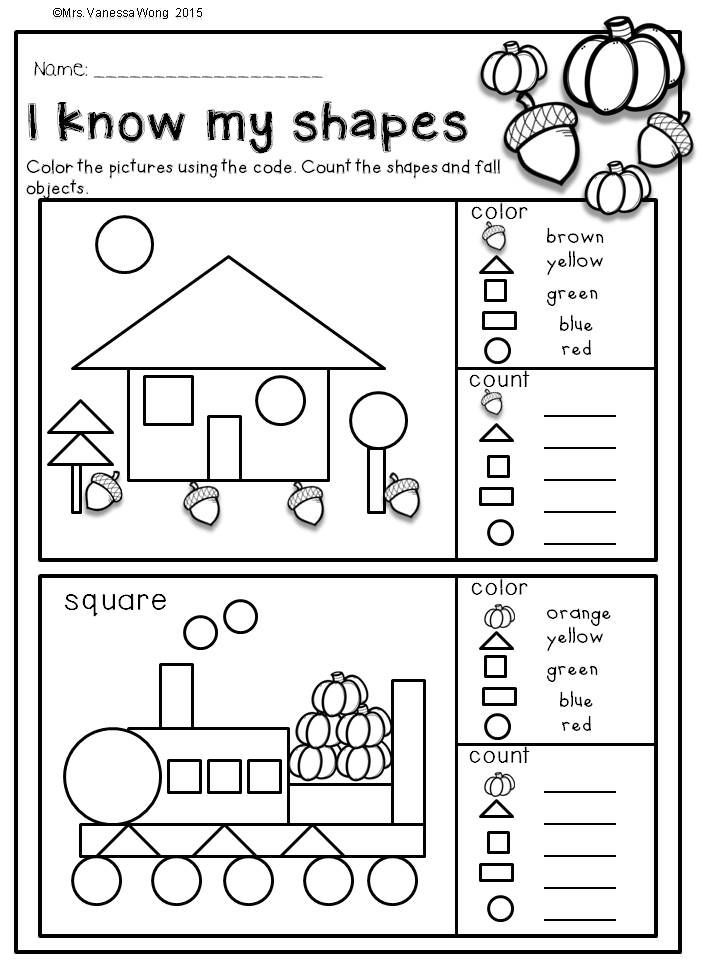
The teacher throws the disk, and everyone looks at what color it fell up. If it is black, then the "black" team begins to catch the "white" team, who, in turn, try to slip past the opposite line, which is now considered their house. All caught participants are out of the game. The team with the most players left wins.
To fix the color names, you can paint the disc in other colors (for example, blue on one side, green on the other). You can use other combinations to help the guys remember the right shades in a playful way.
"Colorful Dominoes"
Purpose of the game: to teach children the rules of the game of children's dominoes, show the importance of choosing the right color, continue learning the correct name of the colors.
Equipment: children's dominoes of 28 pieces, in which instead of pictures the squares are painted in different colors (of which there should be 7 types). The distribution must correspond to the present time.
Age: 3-5 years.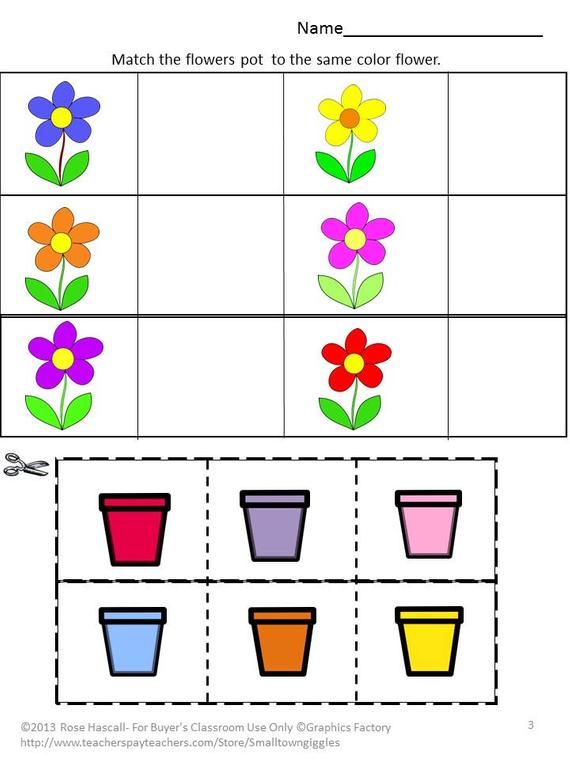
Course of the game: the teacher selects a team of players, which should not exceed 4 people, and distributes dominoes. Each participant gets 7 pieces. After that, one of the players who got the “red-red” card puts it on the table.
The next player places a domino in which one of the squares is colored red. Next, you need to lay out the card so that the colors match. If the child does not have the required color, then he skips the move.
The person who runs out of domino cards first wins.
If only 2 or 3 people participate in the game, then 14 or 7 cards must remain on the table, turned upside down. They will serve as a substitute for those guys who did not have the right color during the game.
To better reinforce the names of the colors, it is advisable to ask the children to name them when they lay out the necessary card on the table.
"Funny Monkeys"
Purpose of the game: to form skills in distinguishing and correctly naming colors, to develop speed, dexterity, artistry, the ability to act independently in the current situation.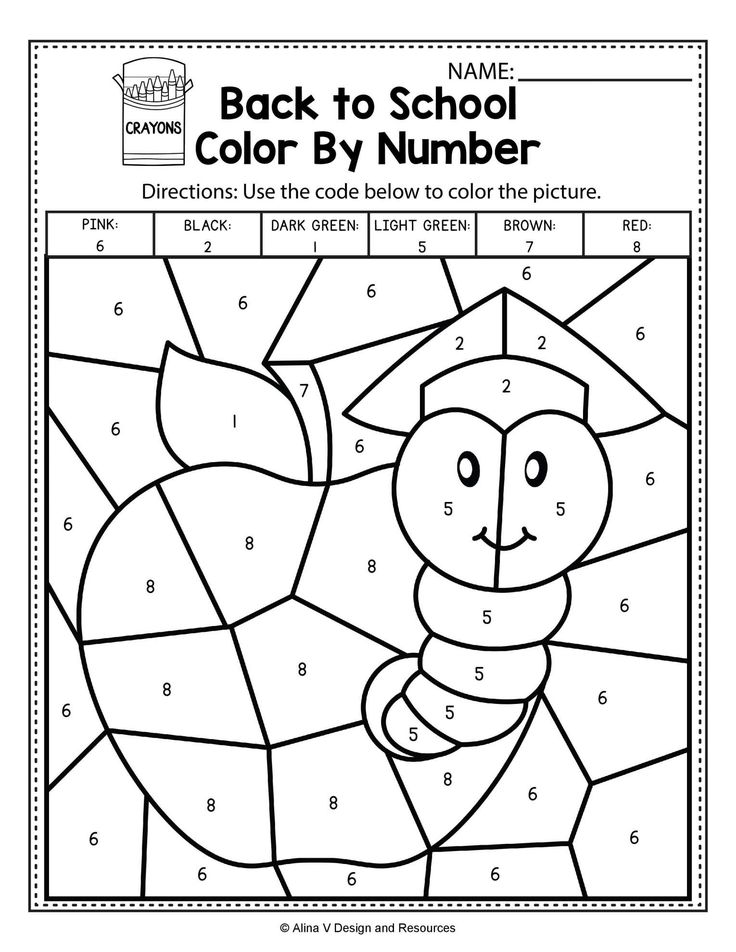
Equipment: Monkey masks for each participant, T-shirts of a different color for each player, 2 balls, 2 hoops, 2 gymnastic sticks.
How to play: the educator gathers a team of players, which should be 8-10 people, and asks the participants to wear T-shirts and monkey masks. The game requires another child who will play the role of a driver.
The conditions of the game are that the driver turns away from the monkeys, names the color that must match the color of the T-shirt of one of the players, and asks to complete a certain task. If a participant in the game easily coped with the task received, then he remains in the team, but if he does not cope, then he leaves. The winner is the monkey that was able to complete all the tasks.
In the case when the game is played among children of 3 years of age, the leader himself can take on the role of the driver.
Tasks for participants may sound like this:
1) a monkey in a blue T-shirt, guess in which hand I hid the candy;
2) a monkey in a red T-shirt, you have to sit down in place 10 times;
3) a yellow monkey, answer the question of how a rooster cries and demonstrate it 3 times;
4) a task for a monkey in a white T-shirt: tell the funniest story that happened to you in your life;
5) the monkey in the orange T-shirt must run 2 circles around the table;
6) a task for the monkey boys: measure their strength on their hands;
7) the pink monkey must count how many flowers are on the window;
8) the purple monkey must use a gymnastic stick to roll the ball to the indicated place;
9) others (depending on the age of the participants
Didactic game "The circus turns on the lights"
Purpose of the game: to teach to create a complete picture of the circus on the underpainting, to solve tasks on the spatial development of the sheet. To consolidate children's knowledge about the attributes, circus artists used in performances Clarify knowledge about the costumes of artists: acrobats, jugglers, clowns, animal tamers.0003
To consolidate children's knowledge about the attributes, circus artists used in performances Clarify knowledge about the costumes of artists: acrobats, jugglers, clowns, animal tamers.0003
Activation of children's vocabulary: arena, spotlights, animal trainers, jugglers, etc.
Game progress:
The teacher invites children to consider the underpainting of the circus arena, the attributes and inventory that artists use for performances. Then the figures of circus artists, their costumes, figures of circus animals are considered. The teacher invites the children to lay out a circus number on the underpainting and talk about it. It is necessary to provide children with assistance in compiling the composition on the underpainting.
Purpose of the game: to consolidate children's skills in drawing a portrait, creating an expressive image. To develop the ability of children to determine the emotional state of a person from schematic images. The development of fine motor skills.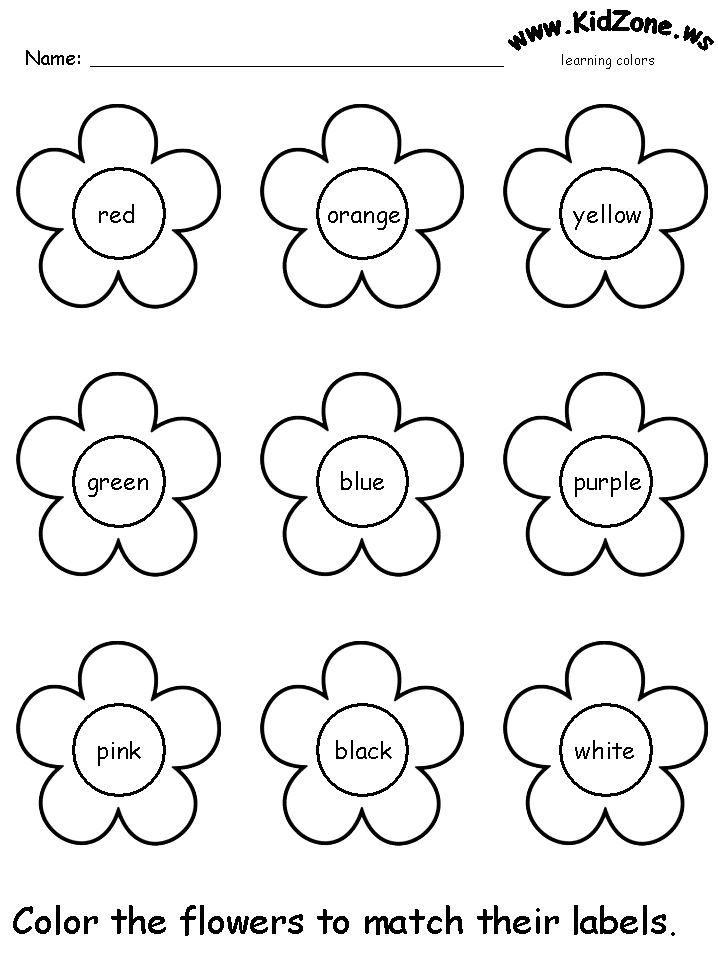
Didactic material: pictogram cards with a graphic depiction of human emotions: grief, anger, fear, joy, surprise. Cut out ovals of the face (15x15 cm) with a painted nose, parts of the face: eyes, eyebrows, mouth, hairstyles of various shapes and colors (the same sets for each child in envelopes), colored chips for evaluating work.
Game progress:
The teacher offers the children for a certain time (2-3 minutes) to lay out parts of the face on trays in front of them; The first one to complete the task gets a token. Then the teacher picks up a pictogram card and invites the children to depict this state of a person in a portrait, explain what state they depicted, why they think so. You have 3-4 minutes to complete this task. The chip is received by the child who was able to correctly convey the emotional state, additional chips are received by children who were able to colorfully tell about this state.
Didactic game "Magic circle" (color circle)
For children of senior preschool age.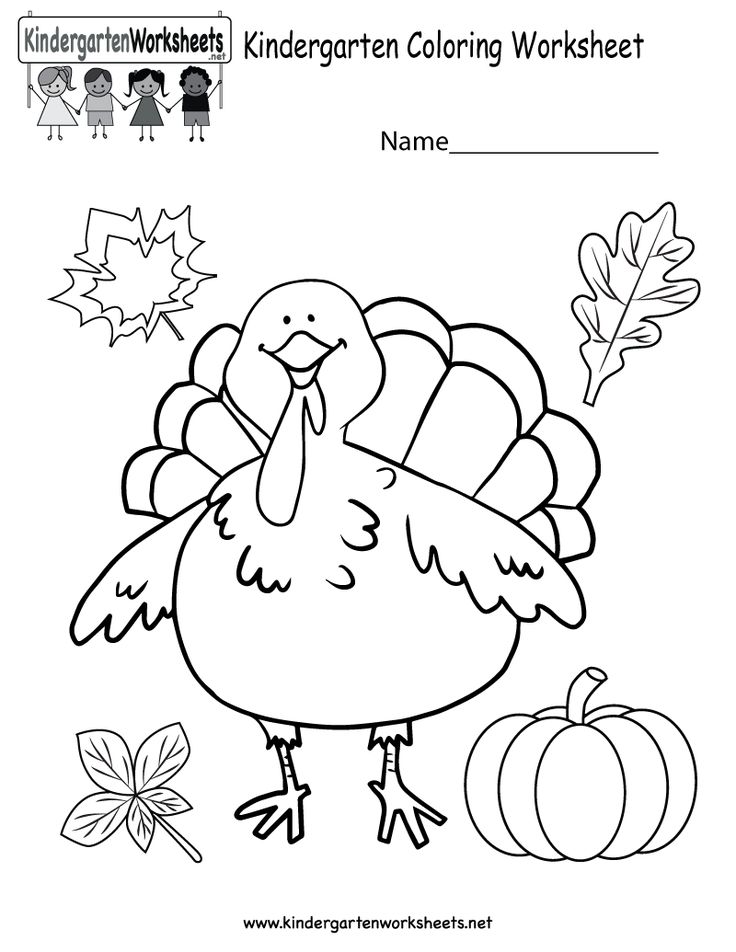 6-8 children can take part in the game.
6-8 children can take part in the game.
Purpose of the game: to consolidate children's knowledge about primary and secondary colors, about warm and cold colors. To systematize children's knowledge about various types of painting, artists working in these genres. Cultivate interest in art. Activate the speech of children.
Game material: a circle cut out of plywood, 50 cm in diameter, divided into 7 sectors, painted in primary and secondary colors. In the center of the circle is an arrow that is rotated by hand. Cards depicting landscapes, still lifes, portraits for each player (10X10), a red circle, 6 cm in diameter, a green square (6X6) for each player, prize chips.
Game progress:
The teacher reminds the children that different colors live in the Kingdom of the King of the Palette: the main ones - red, blue and yellow, and the composite ones - which are obtained by mixing 2 primary colors. These are orange, purple and brown colors.
The teacher invites the children to play with the magic circle. The teacher explains the rules: after he starts to rotate the arrow, the children carefully observe what color the arrow will stop on. They must determine whether it is a primary or a secondary color and quickly raise a geometric figure: a circle for the primary color, a triangle for the secondary. The chip is received by the child who quickly and correctly completes the task. An additional chip is given to the child who is the first to be able to tell which two primary colors the composite color is made of.
The teacher explains the rules: after he starts to rotate the arrow, the children carefully observe what color the arrow will stop on. They must determine whether it is a primary or a secondary color and quickly raise a geometric figure: a circle for the primary color, a triangle for the secondary. The chip is received by the child who quickly and correctly completes the task. An additional chip is given to the child who is the first to be able to tell which two primary colors the composite color is made of.
2nd version of the game:
The teacher puts cards with a landscape, still life or portrait on the color circle. Among the cards there are images of paintings that they have already met in the classroom: Levitan "Golden Autumn", Shishkin, Serov, Vrubel, Grabar, etc.
The teacher rotates the arrow. After the arrow stops, the children are invited to name the genre of painting. The correct name gets a token. Additional chips can be received by children who can name the author of the picture, its name.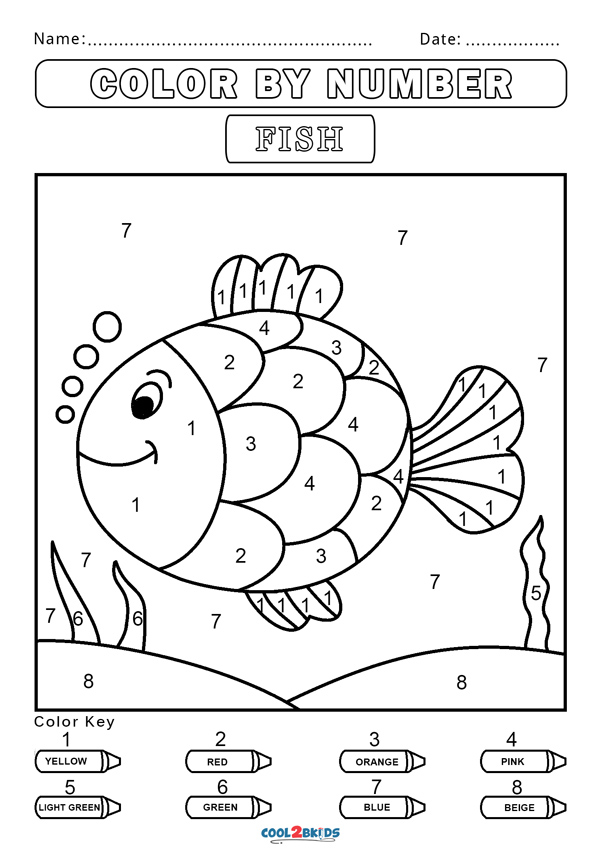 The teacher can invite the children to turn the arrow in turn.
The teacher can invite the children to turn the arrow in turn.
Didactic game "Folk costume"
Purpose of the game: to familiarize children with the past of national culture. To consolidate knowledge about the features of the folk costume: headdresses, elements of clothing. Develop general cognitive abilities:
- the ability to describe items of clothing, make assumptions;
- compare your image with people who lived earlier;
- classify costume items depending on the position of people in society (simple peasants, clergy, nobility, warriors).
Develop aesthetic taste, cultivate a sense of pride in the Russian people.
Activation of the children's vocabulary: "wreath", "harem pants", "scroll", etc.
Game progress:
The game is designed for the fact that children are familiar with Taras Shevchenko's poems, Ukrainian folk tales. Preliminary work was also carried out to get acquainted with the work of illustrators, with the paintings of the poet and artist Shevchenko.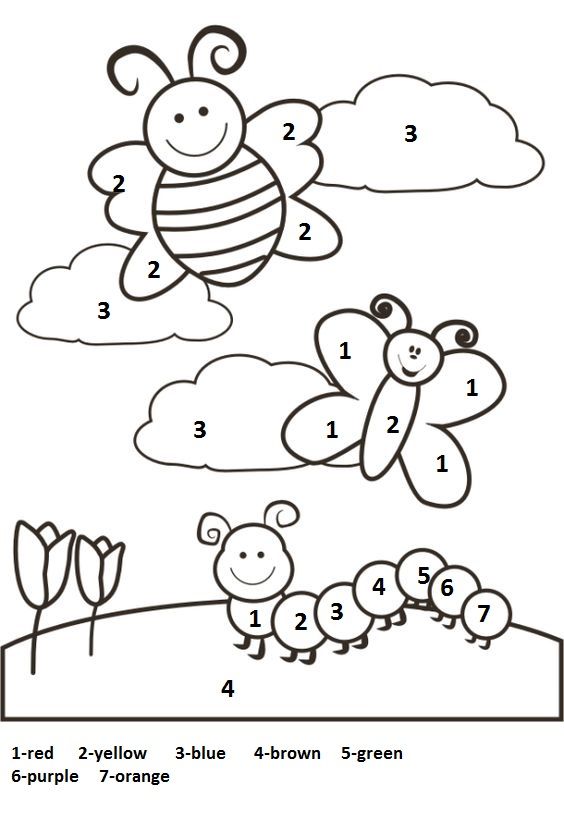
The teacher reads an excerpt from fairy tales and offers to dress the hero in a costume, explain the choice of costume, name the details of the costume.
Variant of the game: children are invited to compare the costumes of the heroes of folk tales and heroes of foreign fairy tales.
Didactic game "Underwater world"
Purpose of the game: to consolidate children's knowledge about the inhabitants of the underwater world. To teach children to carefully consider the shape, color, structural features of underwater inhabitants. Learn to create a multifaceted composition on the underpainting. Develop fine motor skills. Activate children's vocabulary.
Game progress:
Together with the teacher, children remember who lives in the seas and oceans, clarify the structure of the body and color. Then, on the underpaintings, the children create a picture of the underwater world, arranging the objects in many ways. The chip gets the child who got a more interesting picture, the one who used a lot of details to create a picture of the underwater world.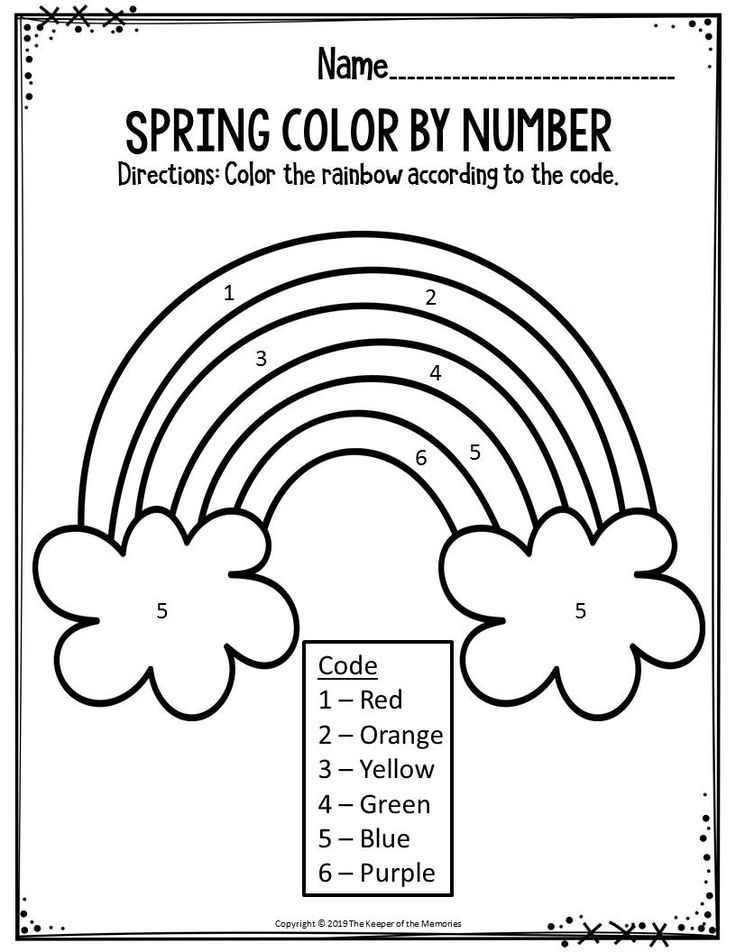
Didactic game "Theatre"
Purpose of the game: to introduce children to the art form - theater. Explain the conventions of this genre: costume, scenery, stage. To teach children to select scenery, costumes for heroes for staging. Learn to create a plot composition on the underpainting, create a theatrical action. Develop imagination, fantasy, acting skills. Practice writing a coherent story. Activate children's vocabulary.
Preliminary work: the teacher tells the children about the art form - the theater and its features: in the theater there is a stage on which theatrical action takes place. Actors perform on the stage, they can play a variety of roles: portray animals and people, fairy-tale heroes. To do this, theater artists create costumes. For the same performance, different scenery and costumes can be created. All actors must learn their roles and try to convey the images of their characters.
Game progress:
The teacher shows the children the underpainting of the scene and offers to stage the fairy tale at the request of the children.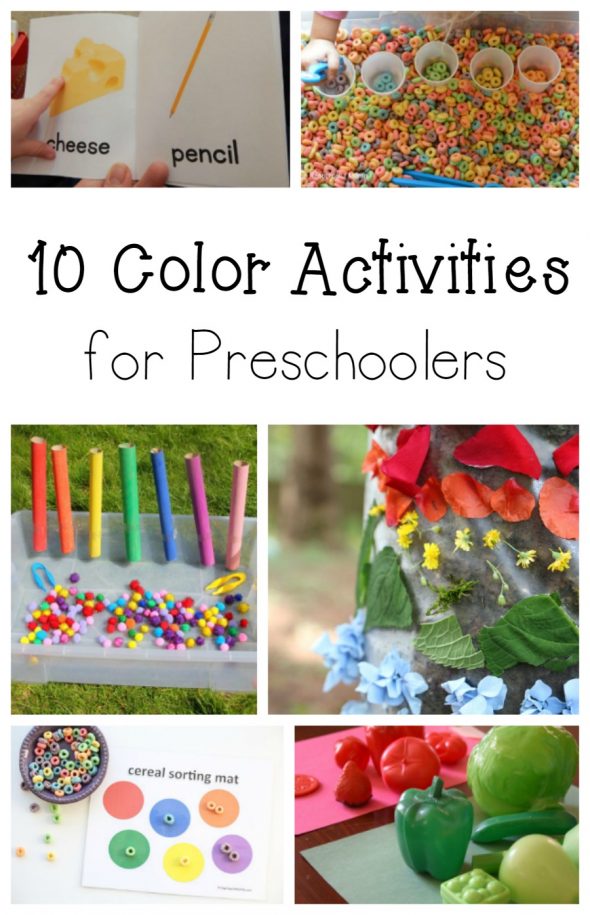 Children remember the heroes of the fairy tale, select the appropriate scenery, lay out the theatrical action on the underpainting and talk about it.
Children remember the heroes of the fairy tale, select the appropriate scenery, lay out the theatrical action on the underpainting and talk about it.
Game variant:
The teacher examines theatrical costumes, invites children to characterize these characters, select the necessary scenery, lay out the theatrical action on the underpainting and tell about it.
Didactic game "Think of a landscape"
For children 5-7 years old.
From 3-6 children can take part in the game.
Purpose of the game: to exercise children in composing a composition with multifaceted content, highlighting the main size. Exercise children in drawing up a composition united by a single content. To consolidate children's knowledge of seasonal changes in nature. Clarification of children's knowledge of the landscape as a form of painting, consolidation of knowledge about artists working in this genre. Develop children's observation, creative imagination.
Vocabulary activation: "landscape", "painting", "seasons".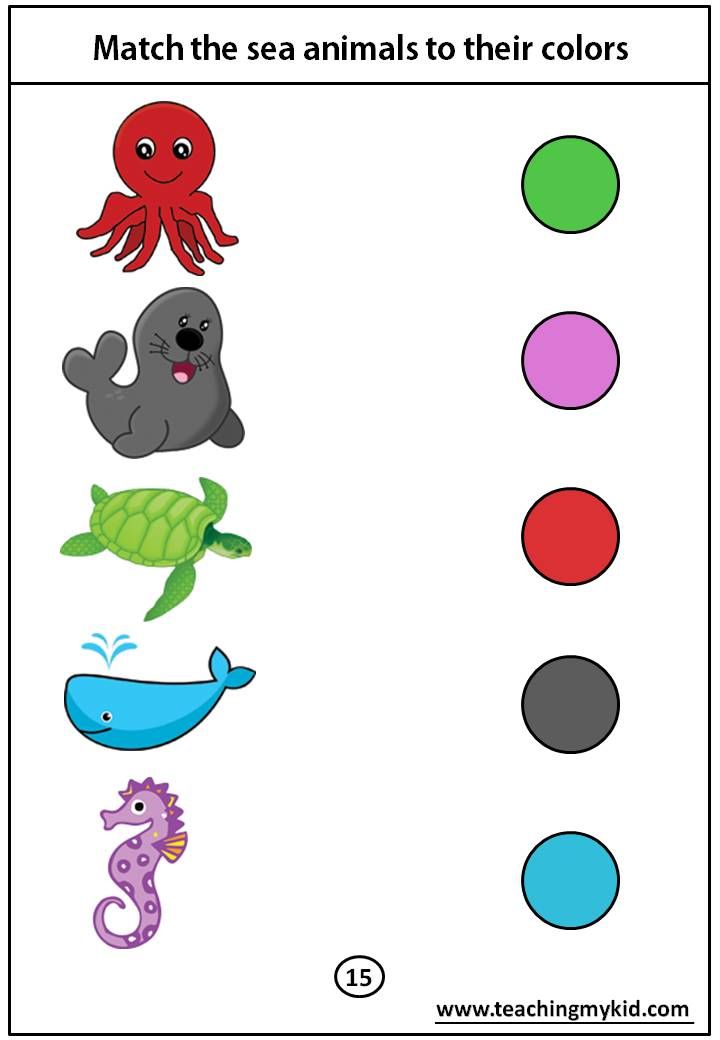
Game material: "underpainting" of different seasons, carved silhouettes of trees (corresponding to different seasons), wooden houses, churches, chips.
Game progress:
The teacher lays out in front of the children "underpaintings" of 4 seasons and trays with carved silhouettes of trees and houses. Children are invited to listen to a poem about the season, determine when it happens and come up with a picture of nature corresponding to this season.
I planted autumn at the edge of the paint, quietly brushed it through the foliage.
The hazel turned yellow and the maples blushed. Aspen purple, only green oak.
Autumn consoles - do not feel sorry for summer! Look - the grove is dressed in gold!
The signal for the start of work is the inclusion of music from P.I. Tchaikovsky's album "The Seasons". Children make up a picture while a piece of music plays. Then the teacher examines the received pictures, together with the children determines the correctness of the composition.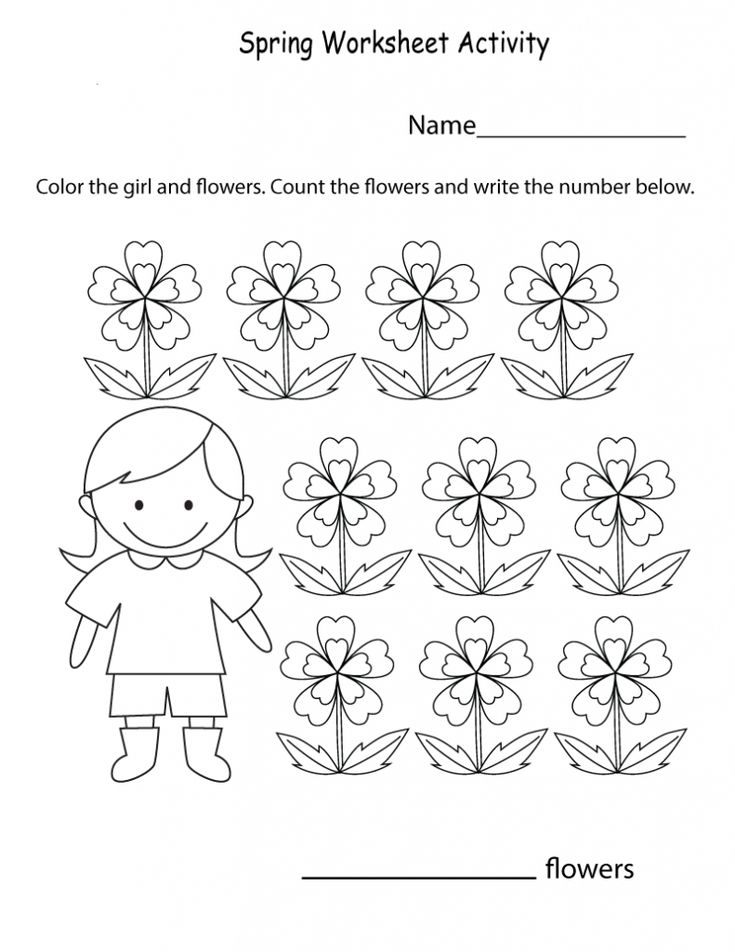 The chip is received by the child who correctly solved the task of mastering the composition of the sheet, conveyed the perspective, and correctly chose objects in size. Additional chips can be received by a child who will talk about artists working in this genre, will be able to name their paintings.
The chip is received by the child who correctly solved the task of mastering the composition of the sheet, conveyed the perspective, and correctly chose objects in size. Additional chips can be received by a child who will talk about artists working in this genre, will be able to name their paintings.
Then the teacher reads poems about another season, turns on the music, and the children make up a new landscape.
EXERCISE FOR THE DEVELOPMENT OF SHAPE MOVEMENTS USING A Stencil
Purpose: to develop in children the ability to perform circular movements when drawing a ball in a closed circle based on visual control and with eyes closed.
The course of the lesson. The teacher invites the children to look at the panel on which the kitten plays with balls of thread that he unwound. Then he invites the children to collect the threads into a ball and shows how the threads are collected into a ball, imitating the winding of threads into a ball with the movements of a pencil.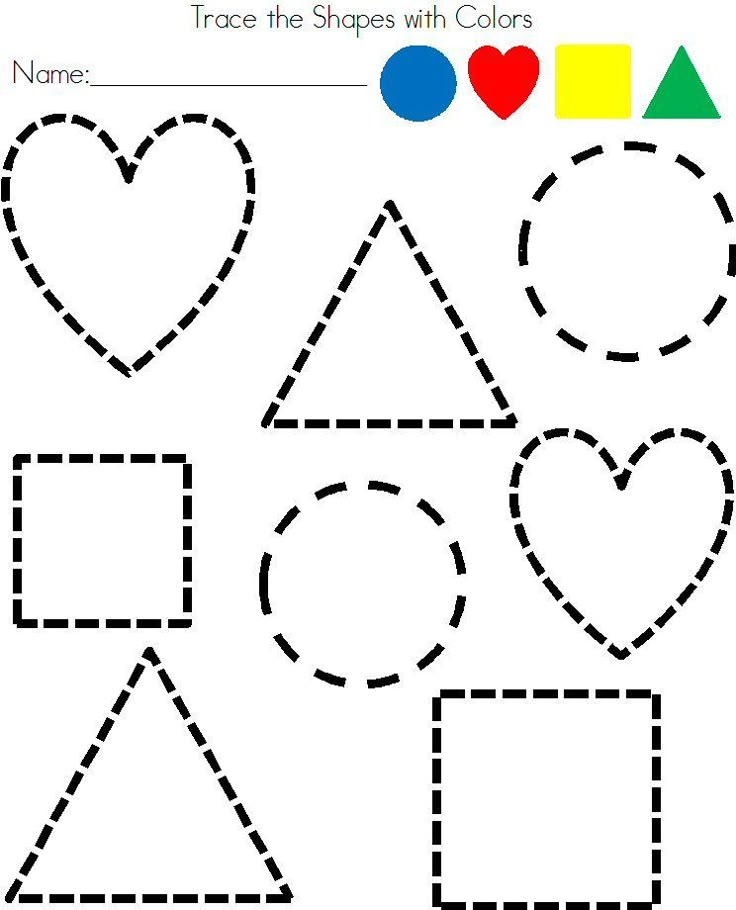
Periodically, the teacher asks children to close their eyes and perform movements with their eyes closed.
In order for children to show interest in work, you can give them the opportunity to draw a lot of balls, arrange a competition: who will draw more balls.
DIDACTIC GAME "PICK A TOY TO THE IMAGE"
Purpose of the game: to teach children visual analysis of the silhouette and shape of a real object. Exercise vision in highlighting the form in a planar image and a three-dimensional object.
Game in progress. Children are given cards with silhouette images. Volumetric objects lie on the tray: toys, building material. The teacher suggests placing an object of the appropriate shape under each silhouette.
The winner is the one who fills all the cells as soon as possible.
Variants of the game can be varied. For example, the picture shows real objects, children select silhouette images cut out of cardboard and superimpose them on real images.
Formation of methods of comparison, analysis of objects and their images is an effective method of enriching subject representations. This is facilitated by games such as "Simpose an object on its image", "Compose an object from parts", "Find the same object", "Find the same half of the object, image".
In doing so, it is important to take into account the individual differences in vision. With low visual acuity and lack of image perception skills, it is better to start comparing the object with its real, color image, and then you can proceed to comparing the object with the silhouette image.
DIDACTIC EXERCISE "LET'S DRAW HOW THE PLATES ARE ON THE TABLE"
Purpose: to exercise children in drawing round and oval shapes, to develop the ability to distinguish objects by size from large to small.
To perform the exercise, children are given stencils with slots in three circles of different sizes and slots in three ovals located between the circles. The ovals are also of different sizes; handles are attached to them.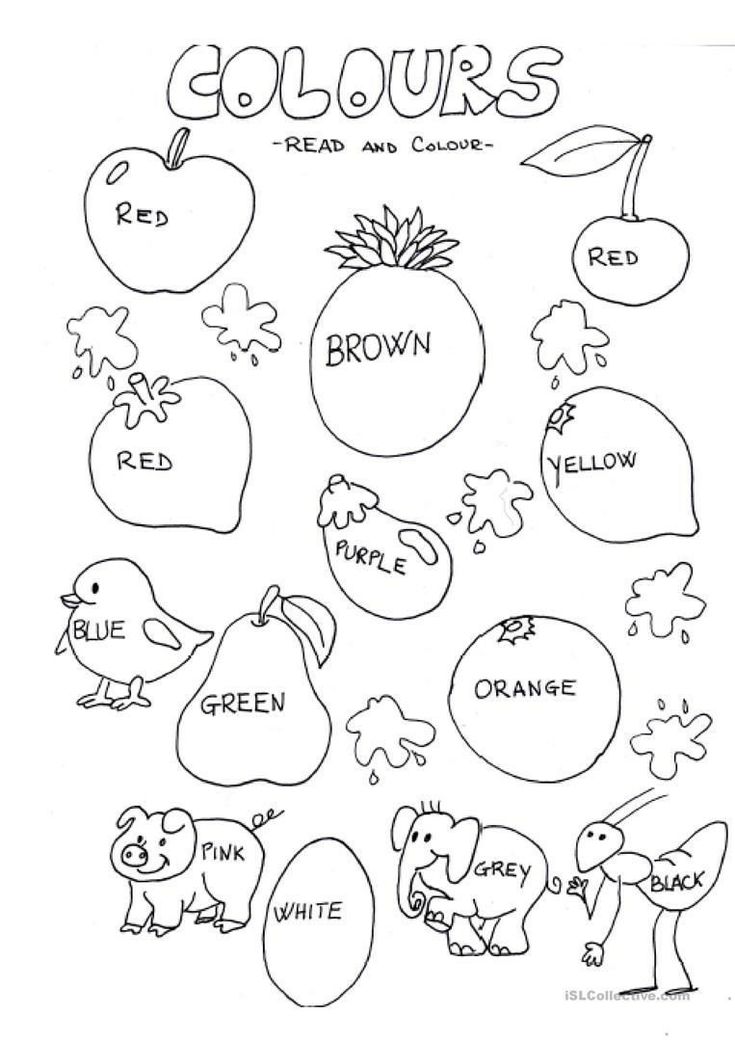
The course of the lesson. The teacher says: “Children, three bears came to visit us. Let's feed them. For this we need utensils: plates and spoons.” The teacher shows the children stencils and offers to circle circles and ovals, and then draw pens to the ovals to make a spoon.
After completing the task, the bears, together with the children, watch how all the work is done, compare it with the real serving on the table, where the plates and spoons are located. Here you can specify on which side of the plate the spoon is located.
DIDACTIC GAME "WHO IS BIGGER AND FASTER TO DRAW CIRCLES"
Purpose: to exercise children by drawing on stencils in the image of circles of different sizes, to teach children to draw straight lines to circles, to depict an apple and cherries.
Material: stencils with cut circles of various sizes, felt-tip pens, sheets of paper.
The course of the lesson. The teacher offers to consider stencils, highlight large and small circles, shows how to apply a stencil, how to trace.
You can offer children to color circles without removing the stencil, painting over in a circular motion, as they draw balls of thread.
You can show children the transformation of circles into balls by dividing the circle with two lines: one is drawn from left to right, and the other is drawn from right to left.
DIDACTIC EXERCISES "DRAW THE SUN"
Purpose: to exercise children in drawing round shapes and straight lines.
The course of the lesson. "Place a stencil and draw a circle." Children find a circle on the stencil and circle it. After that, the first part of the stencil is removed and the teacher offers to draw the rays of the sun with a finger.
In another task, you can invite children to draw a dandelion, buttons on a coat, a tumbler, balloons, etc. using a stencil.
Before children start creating drawing plots, it is necessary to teach them to draw details and objects using a stencil, which can then be included in the plot: cloud, boat, rain, sun, waves, Christmas trees, mushrooms, house, etc.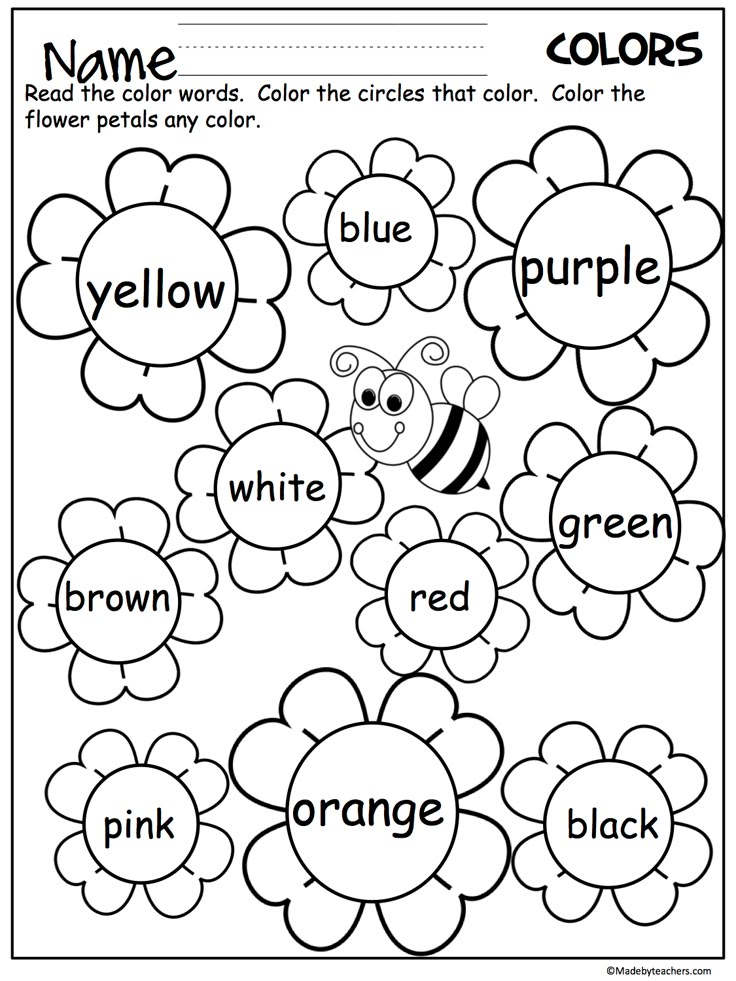
You need to start drawing with objects that are simpler in shape. For example: first they draw the sun, later a cloud or mushrooms, and then a Christmas tree, a snowman, a roly-poly, etc.0002 Material: stencils depicting fish, ducks, geese, cars, airplanes, etc.
Course of the lesson. The teacher invites the children to look at the images on the stencils and shows how you can draw an object by flipping the stencil and then print it moving in the other direction.
After completing the drawing of objects, the children, together with the teacher, name the directions in which the objects move in the drawing: left or right, up or down, etc.
subject situations from toys, real objects.
Sometimes it is useful to exercise children in identifying and depicting movement and direction based on the teacher's verbal instruction: "Draw a car going to the right, etc."
Purpose: to train children in the ability to fill in a given space with a limited shape of objects.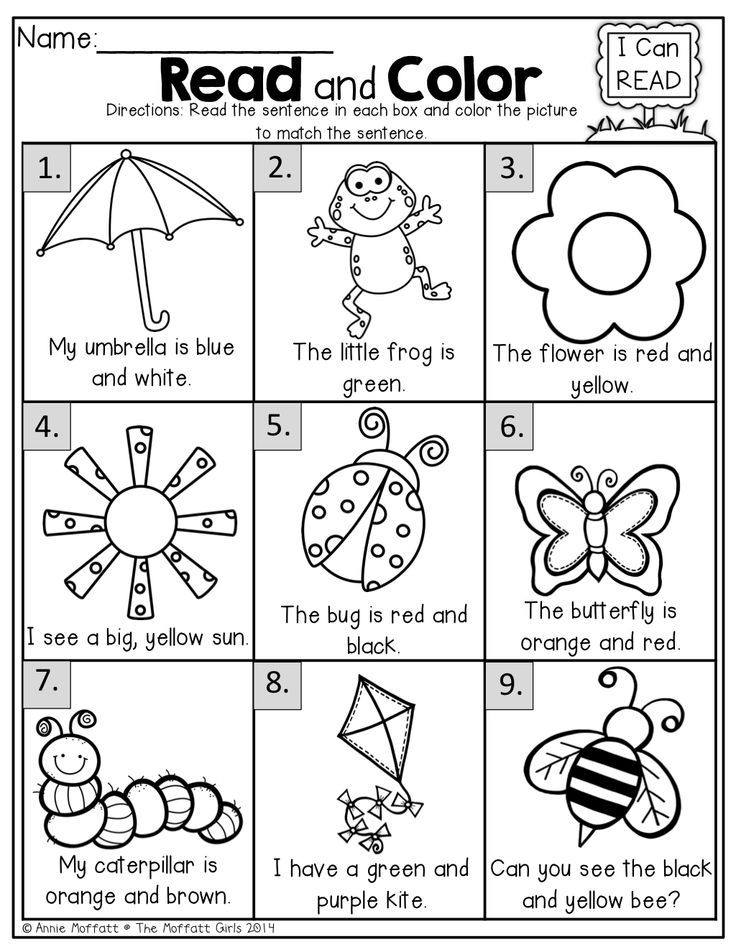
The course of the lesson. The teacher offers children stencils with slits of the shape of various objects: dresses, hats, towels, handkerchiefs, cups, scarves, etc.
The children then color the pictures in the given space. Depending on the level of development of visual skills, the complexity of the contours of objects is determined individually for each child: one paints a towel, the other a dress.
Such exercises enrich children's impressions of the shape of real objects, teach them to notice what they have in common, in particular, that all objects are painted with colored stripes, they are all different (dishes, clothes, linen, etc.). This is how children develop the ability to generalize objects according to one similar feature, regardless of their functional purpose.
"FISH IN AQUARIUM"
Purpose: to exercise children in drawing an object, starting from the main form or form of additional details, to teach visual analysis of the structure of the object.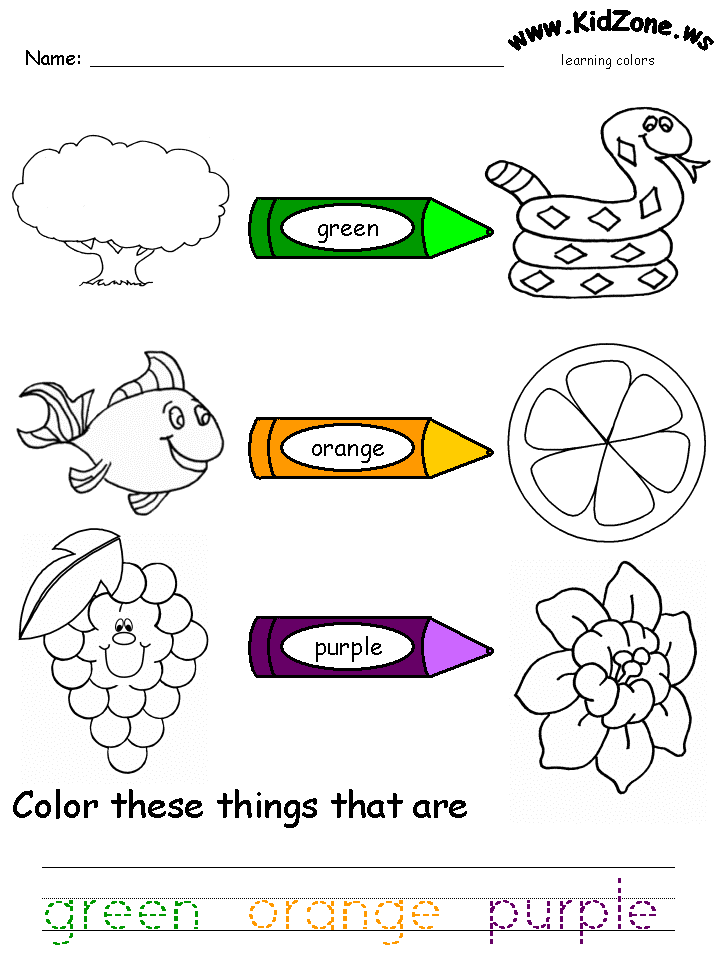
The course of the lesson. The teacher invites the children to consider stencils, where the main shape of the fish is given in the slots - an oval, and then draw the details using already familiar non-traditional techniques.
Children then trace and draw as intended.
After creating a sketch, children color with paints, felt-tip pens, crayons, pastels.
Drawing starts with additional details, children can draw the basic shape using a stencil, and then using various types of non-traditional techniques.
In the same way you can teach children to draw mushrooms, aircraft, flower, etc.
Didactic exercise in drawing leaves
and branches of trees with leaves
Material for the task: stencils of leaves of various tree species.
The course of the lesson. Children examine stencils, examine the shape of the leaves. Then the teacher invites them to circle the leaves along the contour or stencil. The task can be given for speed: which of the children will circle the leaves more in a certain period of time.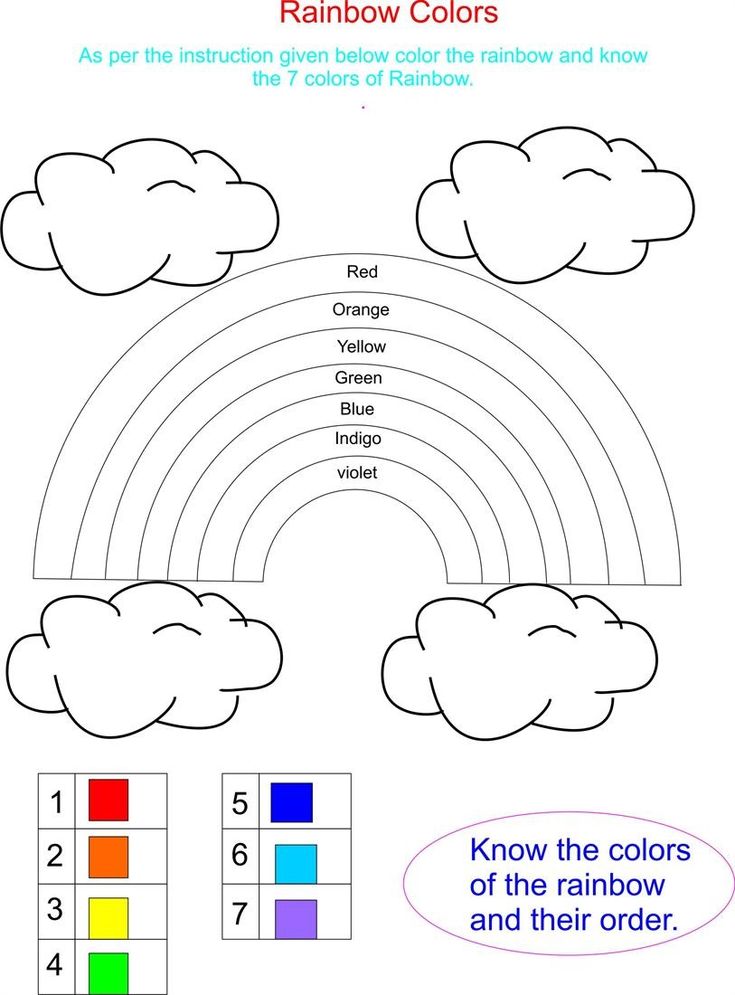
In another task, after tracing, the children paint the leaves in different colors, so they get a pattern of colored leaves, in the next they create a pattern of leaves and branches.
If children are able to draw objects on their own, you can give the task to create a sample plot on a flannelgraph from outline images, and then copy. Mandatory drawing on stencils is only in case of difficulties that children have in depicting objects.
Color games for preschoolers.
Author: Semenovskaya Irina Alexandrovna, teacher of additional education for art activities, kindergarten N 47, Aleksandrov .
These author's games are aimed at arbitrary memorization of colors and color shades. As a result of using games, children easily remember colors and their formation, develop logical thinking, memory, and attention.
Junior preschool age
Game 1.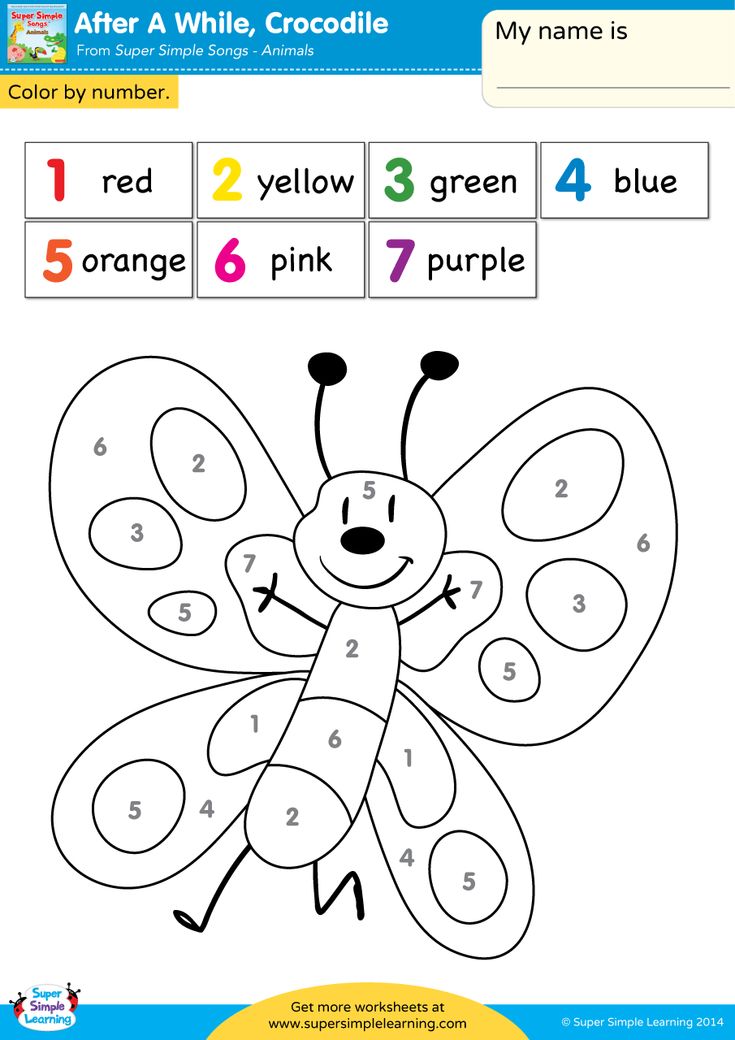 “Let's get acquainted” - yellow.
“Let's get acquainted” - yellow.
The purpose of is to introduce children to color. Learn to find a color by pattern and name.
Equipment : white sheet of paper, size A 4, yellow objects (flat and voluminous), dwarf in yellow clothes (“Yellow”), yellow pencils.
Game progress :
A gnome comes to visit. The teacher introduces the children to the gnome, says that his name is “Yellow”. He lives in the yellow country. The gnome brings only yellow items to the children. Children lay out objects on white sheets, examine them and circle them with a yellow pencil. The teacher conducts the game “Find the same” with the children, where the children choose yellow objects according to the model.
Exercise “One, two, three, bring yellow” - children in the surrounding space find yellow objects according to verbal instructions.
Similarly, familiarization with all primary colors takes place.
Game 2. “Color Lotto”.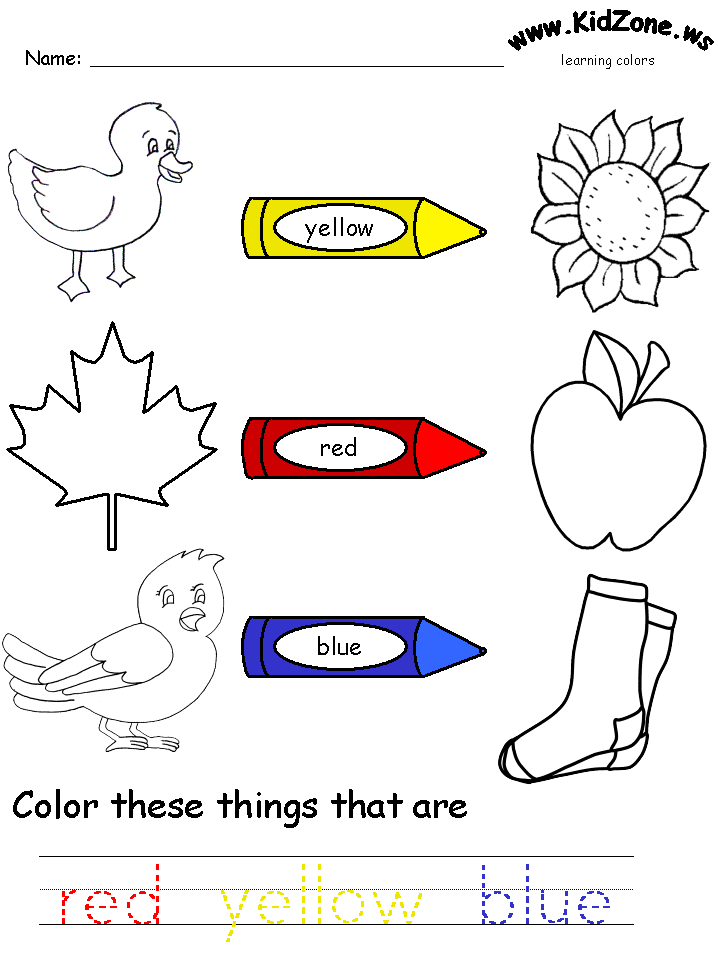
Purpose : To strengthen children's ability to recognize and name colors.
Equipment : 4 cards, 32 cards with primary colors.
Game progress :
Children are offered cards divided into nine squares. There is a color spot in the middle of the square. The driver shows the card and calls (for example, a red flag). The child, on whose card there is a red color spot, takes this card. The winner is the one who has all the empty squares filled.
Game 3. Competition for parents for the best fairy tale about Belokraska and the Dwarves.
Purpose of : to involve parents in reinforcing the knowledge of colors in children.
Invite parents to come up with a fairy tale together with their children, which begins as follows:
“Once upon a time there was White:” and she met multi-colored gnomes:.
Based on the presented fairy tales, it is possible to make dramatizations using “pure” colors in the costumes (white, yellow, red, blue, etc.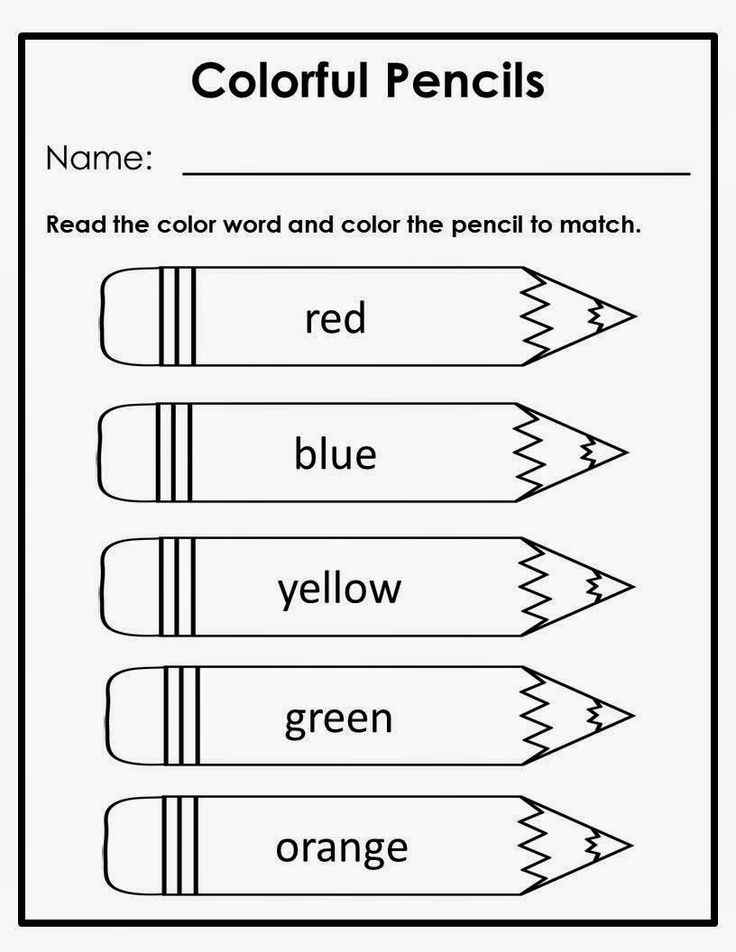 )
)
Game 4. “Who lives in the house?”
Purpose of : to fix the origin of pink, blue, grey; develop logical thinking.
Equipment : pink, blue, gray houses; gnomes red, white, black, blue.
Game progress :
Recall with the children how they got pink, blue, gray paint in the lesson.
Children are offered houses in which they need to settle gnomes in colored clothes.
Pink house - red and white gnomes,
Blue house - blue and white gnomes,
Gray gnome - black and white gnomes.
Middle preschool age
Game 1. “Build a train”.
Goal : develop logical thinking, attention, learn to select objects in a certain color scheme.
Equipment : playing field.
Preliminary work :
Make a playing field - take an album with springs, cut it horizontally into three parts, each 10 cm long. On each part draw:
1 - locomotives of different colors,
2-3 - trailers of different colors.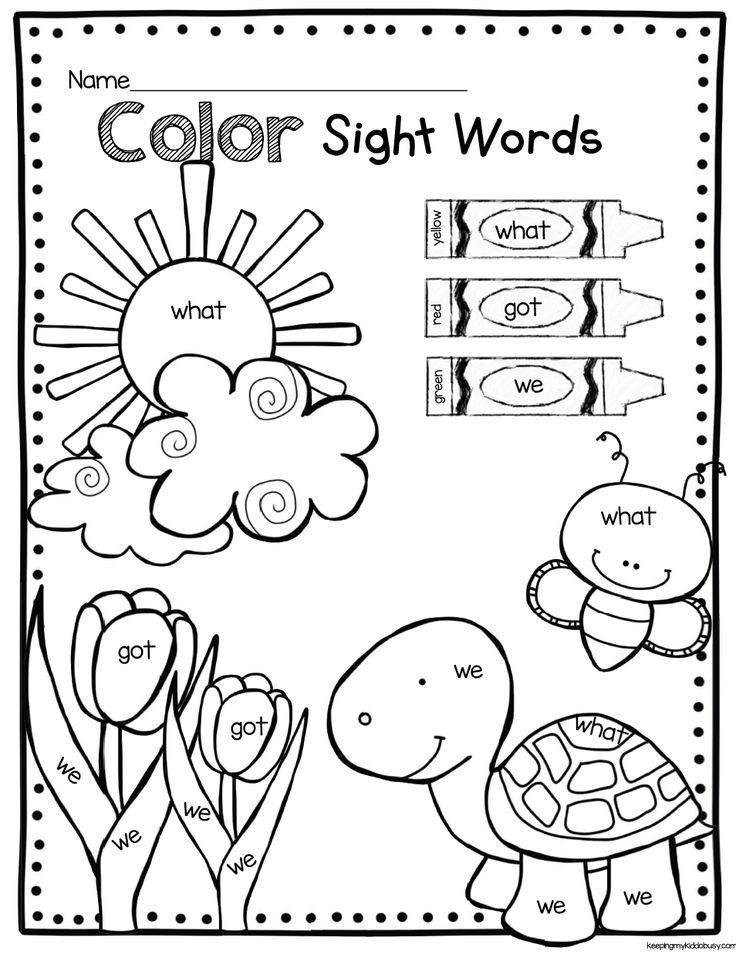
Interchange parts of the same color.
Game progress .
The child is offered a game block with mixed parts. The game task is solved: to assemble a train for a journey. It is necessary to select trailers of the corresponding color for the train.
Making the game more difficult - add details of a different color (for example, yellow cars with a red roof).
Senior preschool age
Game 1. Treat the gnomes with fruits and vegetables.
Purpose of : To reinforce knowledge of the color spectrum in children.
Equipment : gnomes yellow, red, green, blue, purple, orange.
Set of fruits: plum, orange, lemon, banana, red and green apple, pear, grapes:
Set of vegetables: eggplant, red pepper, yellow, green; carrot, tomato, cucumber.
Game progress :
The gnomes have come to visit. Children are offered to treat the gnomes with fruits (vegetables). What fruits and vegetables do you think gnomes like?
For example, a yellow gnome likes a banana, a red gnome likes a red apple.